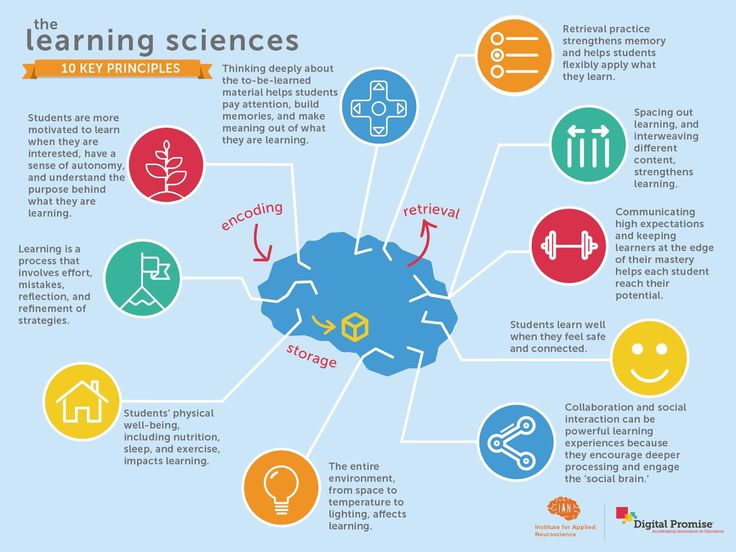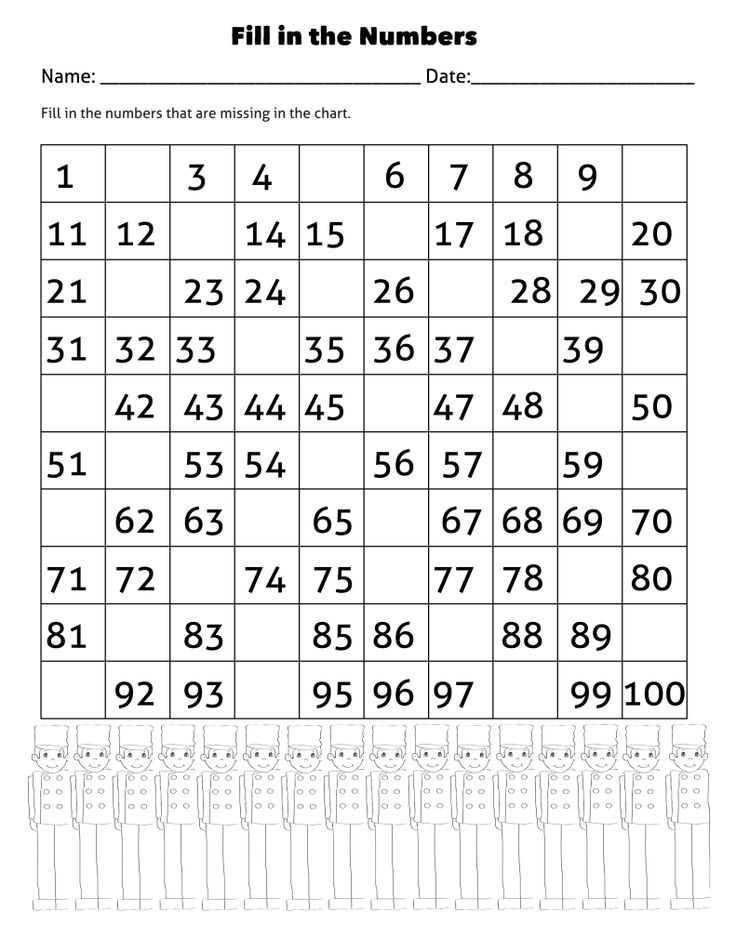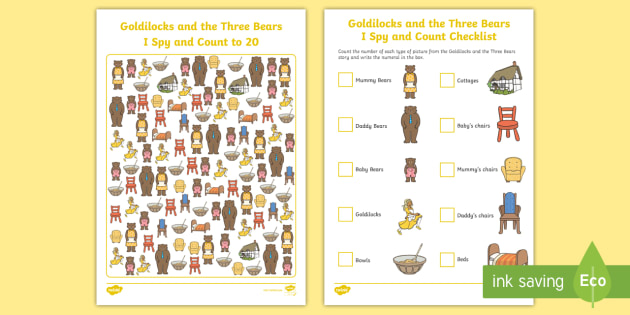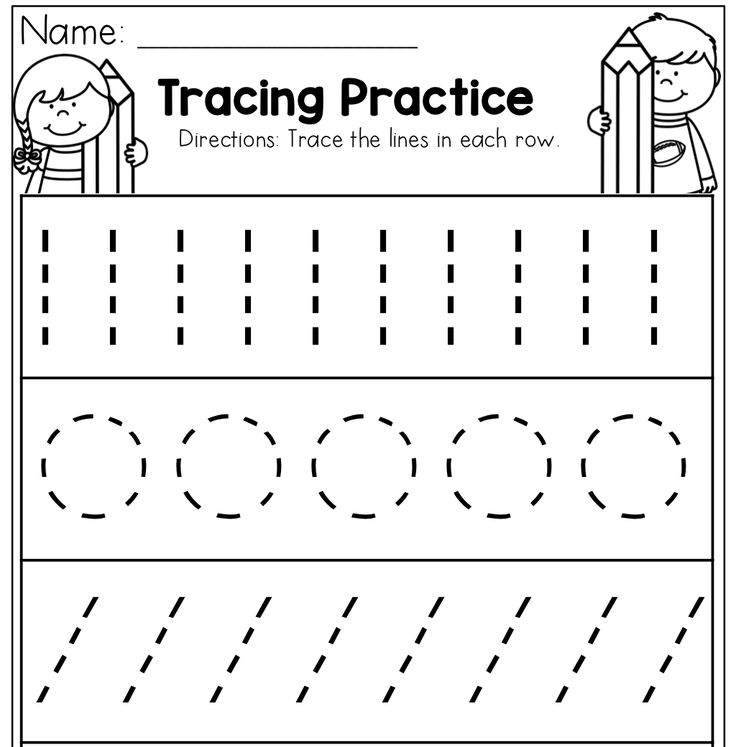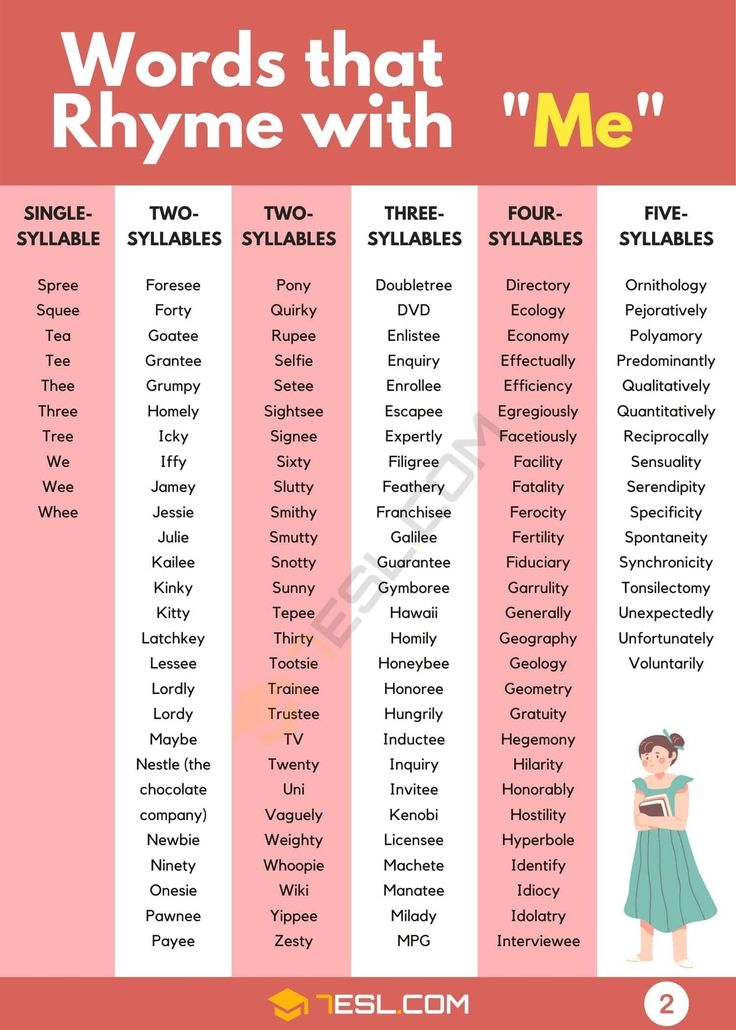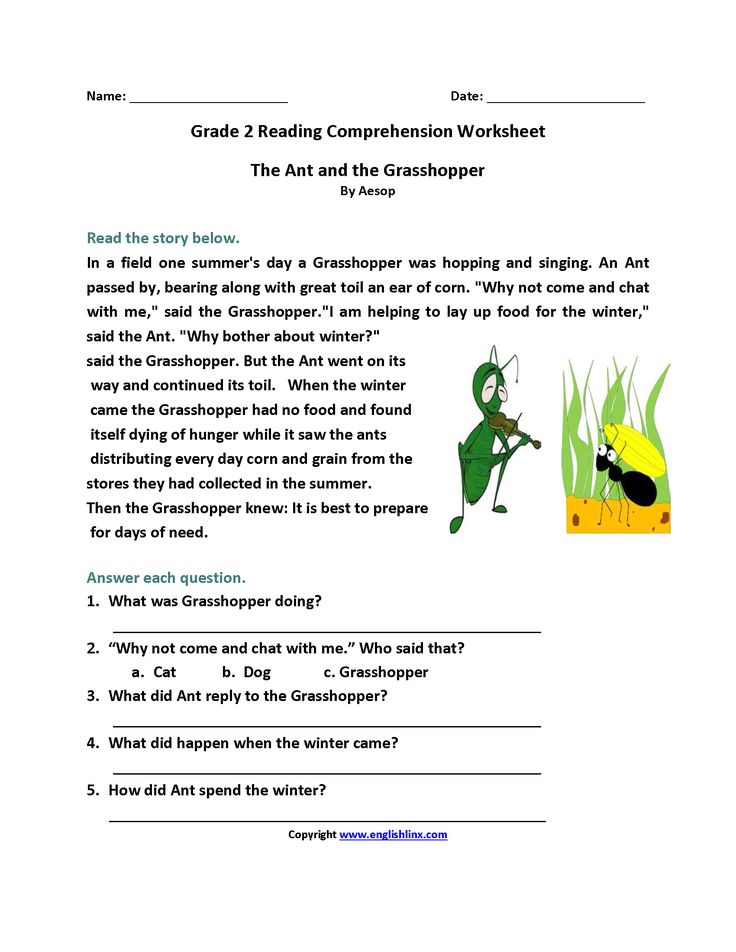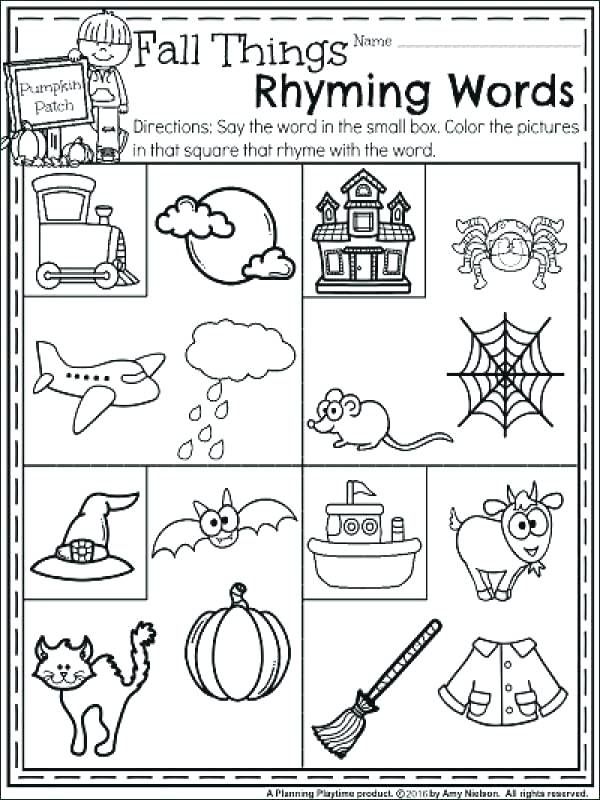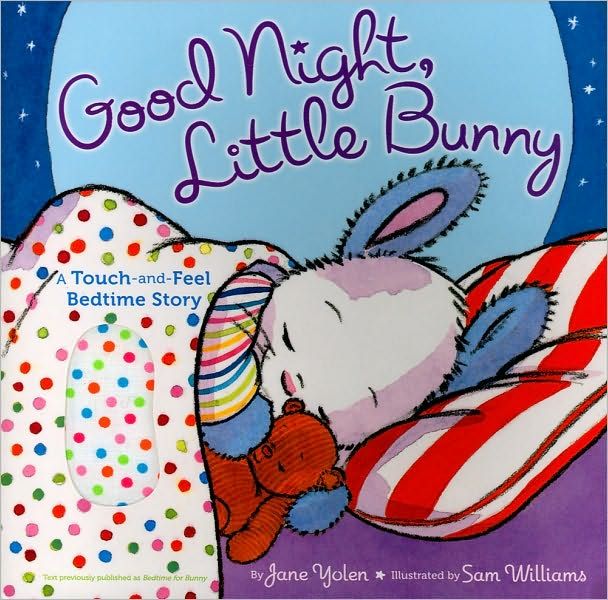Social interactions children
Conversation and social skills
Children communicate from birth, and social interaction is a key purpose of language learning.
Most children are innately social, creative and motivated to exchange ideas, thoughts, questions and feelings … [They use] gestures, movement, visual and non verbal cues, sounds, language and assisted communication to engage and develop relationships…
- VEYLDF (2016)
As children develop, they use verbal and nonverbal communication for a range of purposes including showing, sharing, commenting, questioning, requesting (and more).
Through opportunities to observe and participate in social situations, children learn how conversation (and social interaction) works. These important social rules and skills enable children to communicate with others in more sophisticated ways.
Thus, the development of conversation and social skills is dependent upon opportunities for children to interact with peers and adults, as part of supportive and enriching experiences.
Children use nonverbal (including eye gaze, gestures) and verbal communication (including speech, vocabulary, and grammar) to engage in conversation and social interaction:
Children’s wellbeing, identity, sense of agency and capacity to make friends is connected to the development of communication skills, and strongly linked to their capacity to express feelings and thoughts, and to be understood.
- VEYLDF (2016)
By planning experiences with a focus on conversation and social skills, educators can promote positive interaction and communication. This can help children to successfully communicate their wants and needs, and nurture meaningful relationships with peers.
The following ages and stages are a guide that reflects broad developmental norms, but does not limit the expectations for every child (see VEYLDF Practice Principle: High expectations for every child). It is always important to understand children’s development as a continuum of growth, irrespective of their age.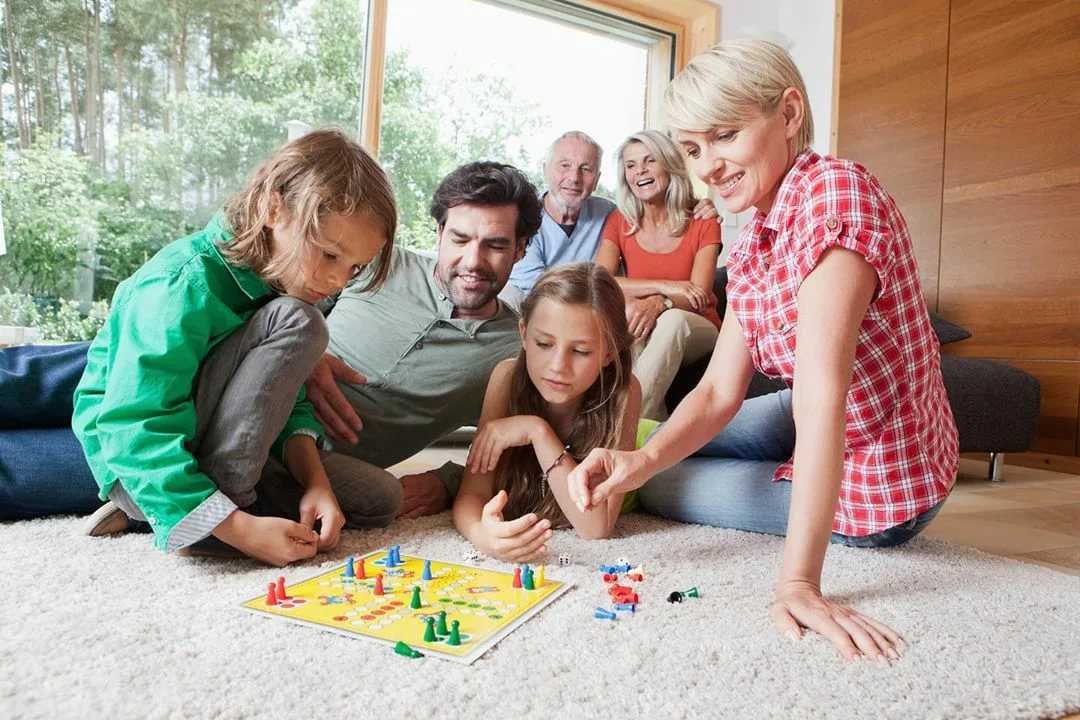
Early communicators (birth - 18 months)
- communicate mainly with gestures, vocalisations, and facial expressions
- from 8 months, start to use gestures/vocalisations/eye gaze for:
- requesting
- refusing
- commenting
- communicative games (e.g. peek-a-boo)
- calling to get attention
- requesting
Early language users (12 - 36 months)
From 12 months, start to use words as well as nonverbal communication for:
- expressing feelings, like ‘look! doggie!’
- requesting, like ‘Up!’ or ‘bottle’ (with gestures)
- refusing, like ’no apple!’
- commenting, like ‘ball!’ or ‘big ball!’
From 18 months:
- requesting information, like ‘what this?’
- answering questions, like Educator: ‘Do you like the sand?’ Child: (nods) ‘Yeah!’
From 24 months:
- start to use “please”
- begin to stay on one topic of conversation
- take multiple turns in a conversation
- request repetition if they do not understand
Language and emergent literacy learners (30 - 60 months)
- take longer turns in conversation
- begin to understand and use “politeness”, when expected by adults
- begin to communicate their wants and needs more clearly (may start to ask for permission)
- may use language for jokes or teasing
- will engage in longer conversations (4-5 turns)
From 42 months, begin to use language to:
- report on past events
- reason
- predict
- express empathy
- keep interactions going
Children’s learning of social skills can be powerful additions in their communicative toolkit.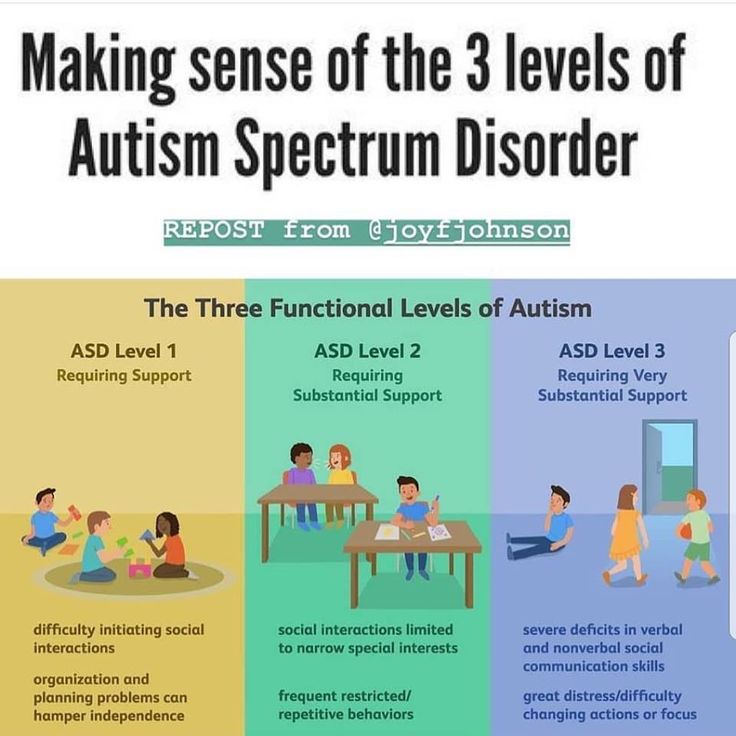 When children can communicate their wants and needs, it facilitates their ability to get along with others. Thus, social skills are closely linked to children’s language development. They also have links to children’s wellbeing, identity, and emotional development (see VEYLDF, 2016).
When children can communicate their wants and needs, it facilitates their ability to get along with others. Thus, social skills are closely linked to children’s language development. They also have links to children’s wellbeing, identity, and emotional development (see VEYLDF, 2016).
Some key social skills that children develop include:
Greetings and farewells
- starts with eye contact, smiling, and eventually a waving gesture
- phrases like: ‘Hello’, ‘Hi’, ‘How are you?’ ‘I am well, thank you’ and ‘Bye’, ‘Goodbye’, ‘See you tomorrow!’, ‘Have a nice weekend!’
- important for maintaining relationship and starting/ending interactions productively.
Children’s greetings and farewells begins with
gestures and develops into words and phrases.
Photo: Brian
Commenting
- begins with eye contact, pointing, vocalisation, and then single words
- provides a starting point for joint attention, with phrases like: ‘Look at the …’ ‘I like …’ ‘What a nice …’
- develops into more sophisticated comments like ‘I have a doll like this at my house’, ‘The hat you chose today is very bright!’
- provides opportunities to start and maintain conversations
- can be used to stay on a conversation topic, or change topics
- children share their interests; and show interest in what others are doing/saying.
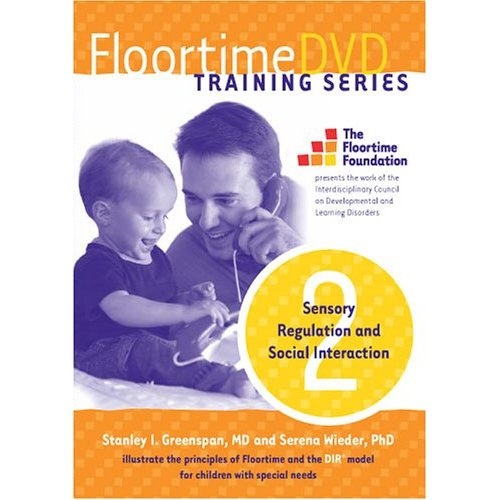
Requesting
- begins with eye contact, grabbing/pointing/”up” gestures, vocalisations, and then single words
- requests can be for food/drink, ‘more’, ‘again’, wanting a turn
- develops into requesting help, and asking for permission
- eventually involves using ‘please’ and ‘thank you’ when these are reinforced.
Joining in
- knowing when and how to join groups/games/conversations
- initially using eye contact, gestures, vocalisations, and single words to join in play
- eventually using requests like: ‘Can I play?’; or general openers like ‘What are you doing?’
Sharing
- sharing toys, space, turns etc.
- from a developmental perspective, sharing is not expected to be easy for young children
- providing modelling and reminders of how to share is important
- allowing children the freedom to play independently (and not having to share) is also important sometimes
- eventually, sharing is an important social skill linked to the emotional competencies like empathy and taking others’ perspectives.

Negotiating
- managing disagreements and coming to solutions>
- this involves taking the perspective of another child, which is developmentally challenging, and is typically easier later in childhood<
- mostly scaffolded by adults during early childhood
- relates to notions of agency, identity, and how we understand the view of others (empathy)
- in older children, is an important social skill, so that children learn to reach compromises independently.
Complimenting
- develops later in early childhood, involving children providing comments which have a positive impact on others
- is modelled and facilitated by educators
- is linked to empathy and socio-emotional awareness.
Topics
Every conversation has a topic. A go-to conversational topic for adults is the weather! For children, topics usually come from their experiences of the everyday world around them (e.g. people, food, drink, toys, pets, games, sand, transport, animals, paint etc.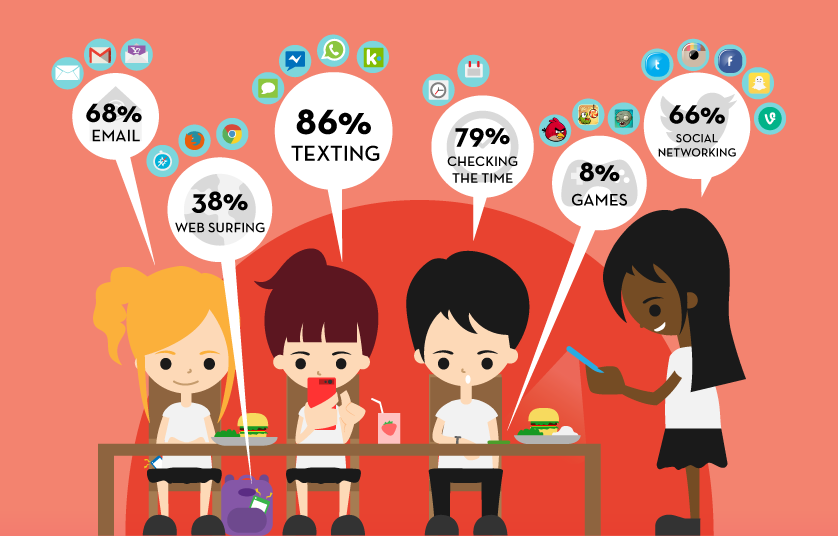 ).
).
It is important to expose children of all ages to more abstract topics (e.g. emotions, sustainability, culture). However, we only start to expect children to contribute ideas and actively engage in conversations about more abstract topics when children are older (~3 or 4 years old).
Educators can use their observations of children’s interests and communication to help choose particular conversational topics. These conversations can also be linked to learning themes (e.g. relationships, the environment, animals, family etc).
Children’s conversational topics start with theeveryday, and become more sophisticated and
abstract as they grow and develop their
language skills. Photo: Lars Ploughmann
Turns
Conversations are similar to a tennis game — one speaker has a turn, then the other speaker has a turn. So, conversations are simply turns going back-and-forth between speakers, usually staying on a particular topic.
Like in tennis, some turns might be longer than others, like when a speaker talks about something they know for a number of sentences in a row. In a good conversation, all speakers do a similar amount of speaking and listening.
In a good conversation, all speakers do a similar amount of speaking and listening.
The turns children make are initially very short (a gesture, eye gaze, vocalisation, or a single word). These turns develop into phrases, sentences, and longer stretches of language.
Playing in ways that encourages back-and-forth turn-taking with children (using a physical or vocal game) is a great way to get ready for conversational turn-taking.
Listening and empathy
Being a good conversationalist is as much about listening, as it is about speaking. Listening is also closely linked to the development of empathy, as we need to listen to others to understand their perspectives.
We can scaffold children’s interest and concentration on other people’s ideas/conversational turns by:
- by modelling good listening, ourselves
- reminding children of what others’ have said, and what their ideas were
- playing listening/memory games
- praising children when they demonstrate good listening and empathy.
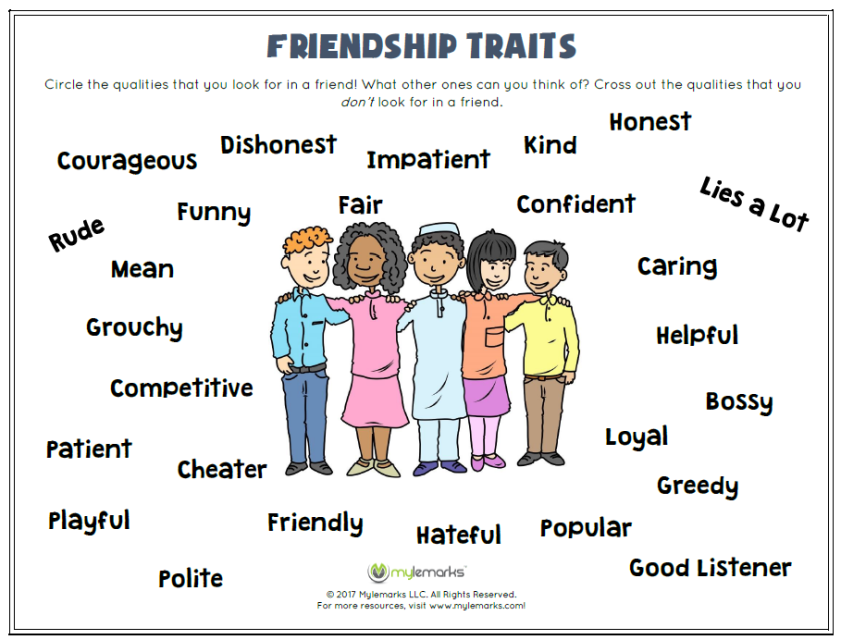
As children learn how to listen to others it
develops their empathy and fosters
meaningful friendships. Photo: Nithi Anand
Nonverbal communication
Communication is not just about the words we use. Our nonverbal language can often say a lot more than our actual choice of words! Below are some important types of nonverbal communication.
Prosody (loudness, pitch, and speed that we speak)
- different volumes and speaking rates are appropriate depending on the context
- for example outside versus inside; naptime versus storytime versus playtime.
Facial expressions and eye contact
- shows emotions and interests
- can be used to interpret people’s frame of mind
- important for demonstrating you are listening and interested.
Body language and gestures
- gestures (including showing and requesting) communicate much of children’s intentions
- the way we face our bodies towards others, or use our arms and hands during conversation can also communicate our thinking.
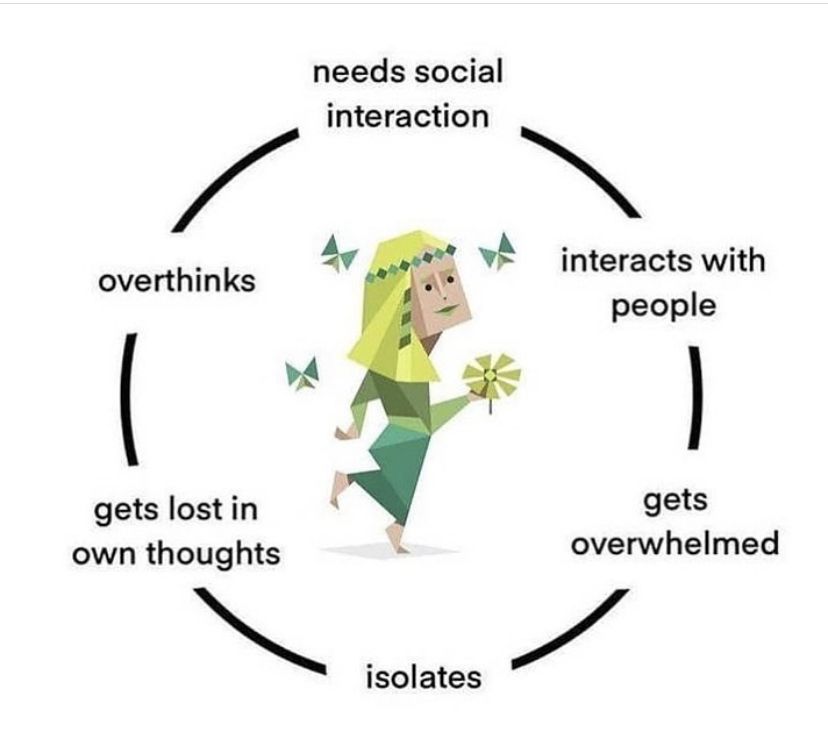
Maintaining conversations
Topic maintenance is the ability for children to stay on a particular topic for several turns in a conversation. This develops gradually in early childhood, with the number of turns on a given topic typically increasing with age (Paul, Norbury, Gosse, 2017):
- up to 24 months: usually 1-2 turns
- 24-42 months: approximately 2-3 turns
- 42 months onwards: approximately 4-5 turns.
Educators can support children’s topic maintenance by scaffolding conversations on particular topics (e.g. ‘Wow, look at the …’, ‘What was your favourite part, [child’s name]?’, ‘What do you think about this?’
When interacting with others, there are certain social and conversational rules and conventions specific to certain cultures. These rules are known as pragmatics, and are thought of as the “use” component of oral language (Bloom & Lahey, 1978).
According to Halliday (1975), children are motivated to develop language because of the different functions it serves for them (i.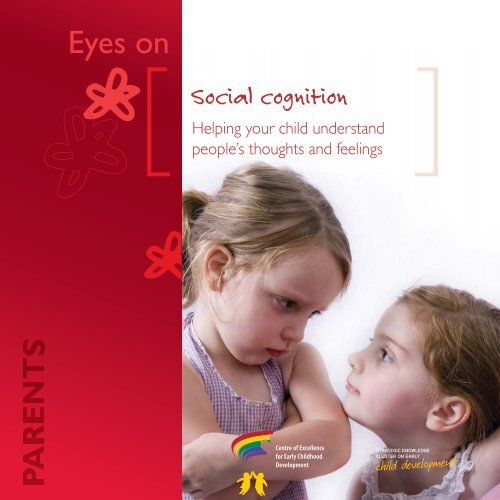 e., learning language is learning how to make meaning). He identified seven functions of language that help children to meet their physical, emotional and social needs in the early years. The functions enable children to use language to meet their physical needs, regulate other’s behaviour, express feelings, and interact with others. As children get older the language functions become more abstract and enable interaction within the child’s environment.
e., learning language is learning how to make meaning). He identified seven functions of language that help children to meet their physical, emotional and social needs in the early years. The functions enable children to use language to meet their physical needs, regulate other’s behaviour, express feelings, and interact with others. As children get older the language functions become more abstract and enable interaction within the child’s environment.
Studies show that children are born ready to make meaning out of a wide range of sounds, but their language development requires conversations with more-knowledgeable speakers who listen and model appropriate language.
Children do not learn language by imitation. They learn to talk by talking to people who talk to them; people who make efforts to understand what they are trying to say.- Raban, (2014, p.1)
According to the sociocultural theories of language development (Vygotsky, Bruner), children learn through interactions with more knowledgeable peers. Conversation and social skills are best supported through meaningful interactions with peers and adults.
Conversation and social skills are best supported through meaningful interactions with peers and adults.
Children learn with their peers, sharing their feelings and thoughts about learning with others. They begin to understand that listening to the responses of others can help them understand and make new meaning of experiences.
- VEYLDF 2016
When you choose conversation and social skills as a learning focus, you provide children with opportunities to develop meaningful relationships with their peers, educators, and families.
Adults’ positive engagements with children promote emotional security, children’s sense of belonging, cultural and conceptual understandings and language and communication. Positive, respectful engagement also teaches children how to form strong bonds and friendships with others.
- VEYLDF 2016
The ability for children to interact with others successfully—by managing their emotions and behaviours—links to progress in a range of developmental areas in early childhood(Mashburn et al. , 2008). Success with social skills is strongly linked to the emergence of self-identity, sense of wellbeing, as well as social/academic progress in early primary school (e.g. Webster-Stratton & Reid, 2004).
, 2008). Success with social skills is strongly linked to the emergence of self-identity, sense of wellbeing, as well as social/academic progress in early primary school (e.g. Webster-Stratton & Reid, 2004).
Children’s development of conversation and social skills is best supported when engaged in meaningful, sustained, and rich language experiences. Studies show that children’s social skills are best supported when educators are cued into children’s emotional/social needs (Mashburn et al., 2008)
- Victorian Early Years Learning and Development Framework (2016)
- VEYLDF Illustrative maps
Outcome 1: identity
Children feel safe, secure and supported
- build secure attachment with one and then more familiar educators
- establish and maintain respectful, trusting relationships with other children and educators
- openly express their feelings and ideas in their interactions with others
- respond to ideas and suggestions from others
- initiate interactions and conversations with trusted educators
- confidently explore and engage with social and physical environments through relationships and play.
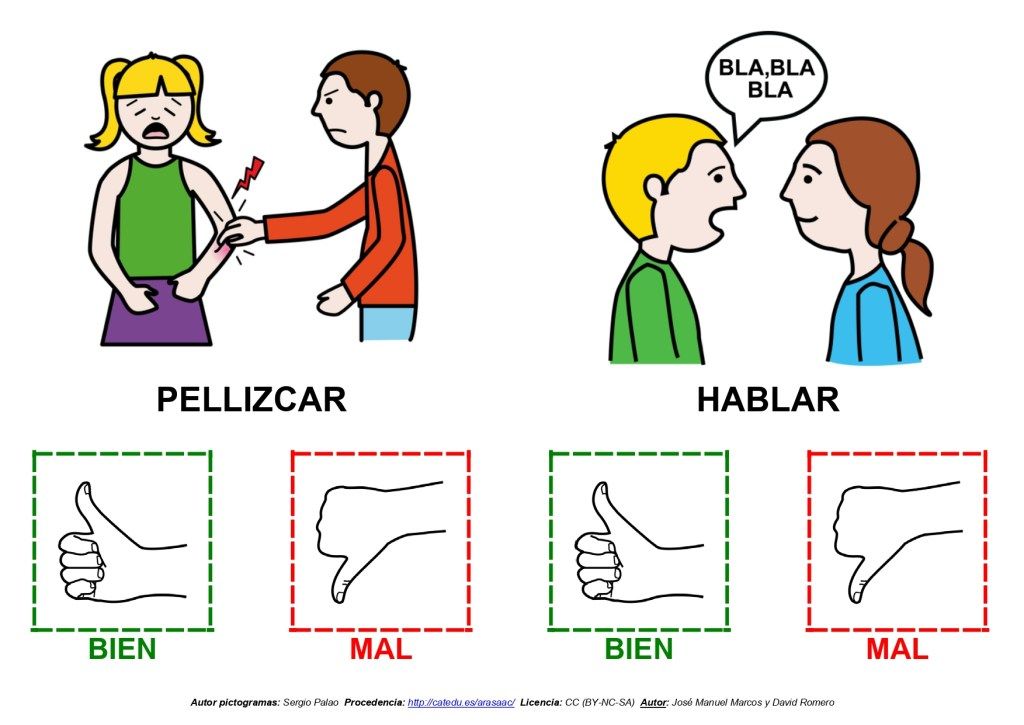
Children develop their emerging autonomy, inter-dependence, resilience and sense of agency
- increasingly cooperate and work collaboratively with others
- begin to initiate negotiating and sharing behaviours.
Children learn to interact in relation to others with care, empathy and respect
- show interest in other children and being part of a group
- express a wide range of emotions, thoughts and views constructively
- empathise with and express concern for others
- reflect on their actions and consider consequences for others.
Outcome 2: community
Children develop a sense of belonging to groups and communities and an understanding of the reciprocal rights and responsibilities necessary for active civic participation
- cooperate with others and negotiate roles and relationships in play episodes and group experiences
- take action to assist other children to participate in social groups
- build on their own social experiences to explore other ways of being
- participate in reciprocal relationships
- gradually learn to ‘read’ the behaviours of others and respond appropriately
- are playful and respond positively to others, reaching out for company and friendship
- contribute to democratic decision-making about matters that affect them.
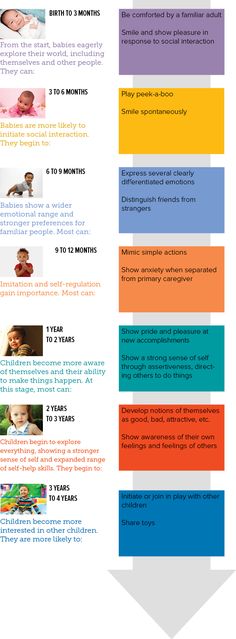
Outcome 3: wellbeing
Children become strong in their social, emotional and spiritual wellbeing
- remain accessible to others at times of distress, confusion and frustration
- share humour, happiness and satisfaction
- increasingly cooperate and work collaboratively with others
- show an increasing capacity to understand, self-regulate and manage their emotions in ways that reflect the feelings and needs of others.
Outcome 4: learning
Children resource their own learning through connecting with people, place, technologies and natural and processed materials
- engage in learning relationships
- experience the benefits and pleasures of shared learning exploration.
Outcome 5: communication
Children interact verbally and non-verbally with others for a range of purposes
- interact with others, express ideas and feelings and understand and respect the perspectives of others
- explore ideas and concepts, clarify and challenge thinking, negotiate and share new understandings
- express ideas and feelings and understand and respect the perspectives of others.
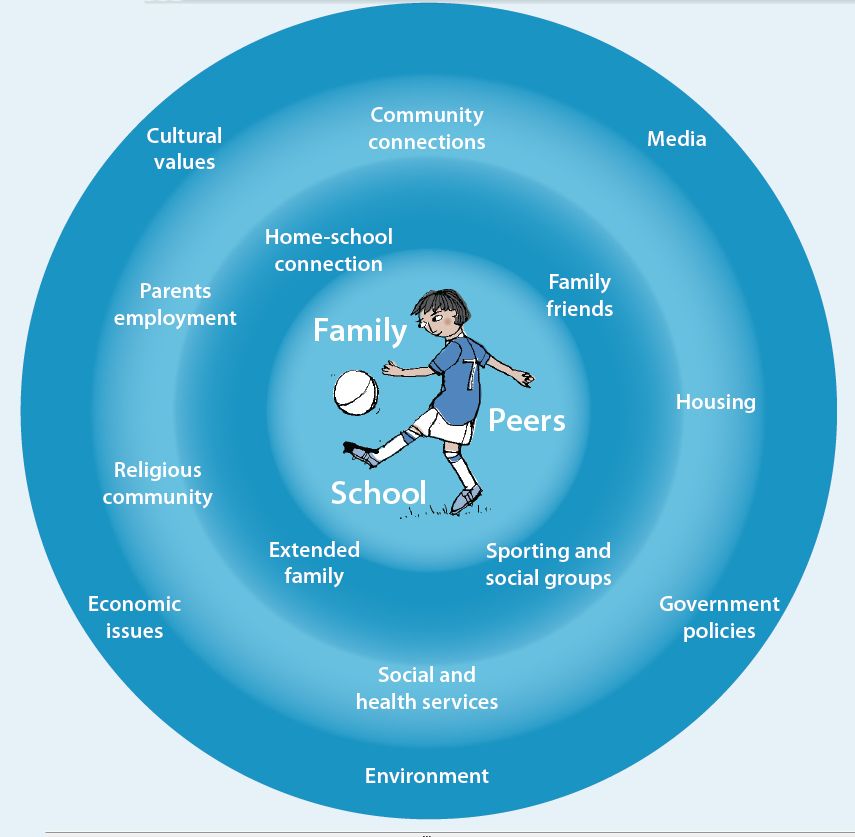
Modelling conversation and social skills
- use every interaction with children as an opportunity to demonstrate positive conversation and social skills
- encouraging turn taking in everyday activities through nonverbal turn-taking opportunities games (e.g. rolling ball back and forth, each having a turn during a construction or cooking experience)
- turn taking should involve multiple back-and-forth exchanges
- remember that children learn how to communicate by observing adults’ and older peers
- show how conversational topics can be maintained, and what good listening/empathy looks like
Setting up opportunities for social interaction
- set up experiences and spaces that encourage interaction between small groups of children and with adults
- see the following teaching practices for ideas: play, sociodramatic play, fine arts, performing arts, as well as storytelling, reading/writing with children, and language in everyday situations
- use every experience and daily routine as an opportunity to develop conversation and social skills
- use engaging materials that allow for individual and shared play
- play games with children that involve turn-taking, sharing, and team work
Experience plans and videos
For age groups (birth - 12 months)
- Bathing Babies
- Developing Conversation and Social Skills
- Getting Along with Others
- Making Meaning through Play
Early language users (12-36 months)
- Bathing Babies
- Developing Conversation and Social Skills
- Getting Along with Others
- Making Meaning through Play
- Walk and Talk
- Worm Farm: Discussion around Texts
Language and emergent literacy learners (30 - 60 months)
- Getting Along with Others
- Journey to Healesville: Learning through Drama
- Print in Sociodramatic Play
- Worm Farm: Discussion around Texts
Bruner, J. (1986). Actual minds, possible worlds. Cambridge, MA: Harvard University Press.
(1986). Actual minds, possible worlds. Cambridge, MA: Harvard University Press.
Halliday, M. A. (1975). Learning How to Mean. London: Edward Arnold.
Mashburn, A. J., Pianta, R. C., Hamre, B. K., Downer, J. T., Barbarin, O. A., Bryant, D., … Howes, C. (2008). Measures of classroom quality in prekindergarten and children’s development of academic, language, and social skills. Child Development, 79(3), 732–749.
Paul, R., Norbury, C., Gosse, C. (2017) Language disorders from infancy through adolescence: Listening, speaking, reading, writing, and communicating (5th Ed.). Maryland Heights, MO: Mosby.
Raban, B. (2014). Talk to think, learn and teach (pdf - 1.14mb). Journal of Reading Recovery, Spring 2014, 1-11.
Victorian State Government Department of Education and Training (2016) Victorian early years learning and development framework (VEYLDF).Retrieved 3 March 2018.
Victorian Curriculum and Assessment Authority (2016) Illustrative Maps from the VEYLDF to the Victorian Curriculum F–10. Retrieved 3 March 2018.
Retrieved 3 March 2018.
Webster-Stratton, C., & Reid, M. J. (2004). Strengthening social and emotional competence in young children-The foundation for early school readiness and success: Incredible Years classroom social skills and problem-solving curriculum. Infants & Young Children, 17(2), 96–113.
Social Connection On Child Development
Blog
01/18/2019
We were not meant to go through life alone. Healthy relationships and social support systems from the community are vital to lifelong wellness, and these interactions begin in childhood. Social connections go far beyond not feeling “lonely,” but rather they are the conduits of healthy childhood development. Positive social connections with people at all stages of life help ensure healthy development, both physically and emotionally. Just remember, children learn by example and when they witness positive relationships or are emotionally supported, that observed behavior will aid in their emotional skills and cognitive functioning later on. As your developing child grows from a baby into a toddler, and then into a teenager and an adult, their social networks will shift and change dramatically. However, through each stage of development, there are specific mental and behavioral needs that are met through socialization.
As your developing child grows from a baby into a toddler, and then into a teenager and an adult, their social networks will shift and change dramatically. However, through each stage of development, there are specific mental and behavioral needs that are met through socialization.
Social interaction is closely related to emotional development in infancy. Your baby’s primary connections to the outside world at this age are through you – his primary caregivers! Specifically, the individuals in an infant’s home who are caring for them, providing their food, water, and shelter, and interacting with them daily are the people who are meeting these socialization needs between birth and twelve months of age. Babies will develop trust and love for their caregivers because they are given adequate love and nurturing from their environment or they will develop mistrust and indifference for people and the world because they aren’t given those resources. During this stage, healthy social growth is all about attachment and bonding with parent and child.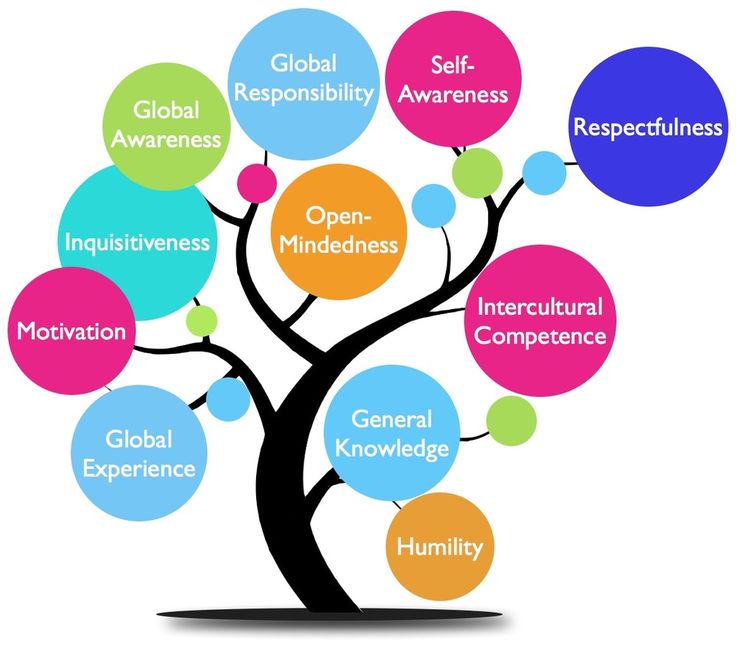
If positive bonding experiences do not happen, the pathways that are needed in a child’s brain for normal and healthy relational experience can actually be lost entirely. There have been tragic case studies of children who spent the earliest years of their lives in minimal human contact, who later demonstrated a severe lack of emotional development in the absence of love, language and attention. What research has shown is that children’s ability to maintain a healthy relationship will greatly depend on the care and treatment they recieve from their caregiver early on.
Not only can a child’s emotional development be hindered by a lack of social connection, the physical growth of their brains can as well. In fact, research has shown a reduced growth in the left hemisphere, which may lead to increased risk for depression in children who suffered neglect or another extreme form of insecure attachment in their early years. Additionally, they may exhibit an increased sensitivity in the limbic system which can lead to anxiety disorders, and a reduced growth in the hippocampus that could contribute to learning and memory impairments.
The most common question that parents ask once they learn of the detriments of these insecure attachments is: “How can I be intentional about bonding with my baby?” Fortunately, most of what is involved in creating positive, social interactions with your child during this time frame is simple. Even just responding to their cues for food, diaper changes, and sleep contribute so much to their development! Other tips for attachment and bonding include singing, cuddling, clapping, playing, tummy time, kangaroo care (or skin to skin contact), soothing them when they cry, reading books to your children, eye contact, holding, babywearing, providing your young children with good nutrition and so much more!
Early ChildhoodWhile an infant’s primary need for social connections is met through bonding and connecting with primary caregivers, young children begin to create social relationships outside of their families. Interacting with other children their age (whether this is through daycare, preschool, Sunday school classes, or other events), help children mature in their ability to interact with one another socially.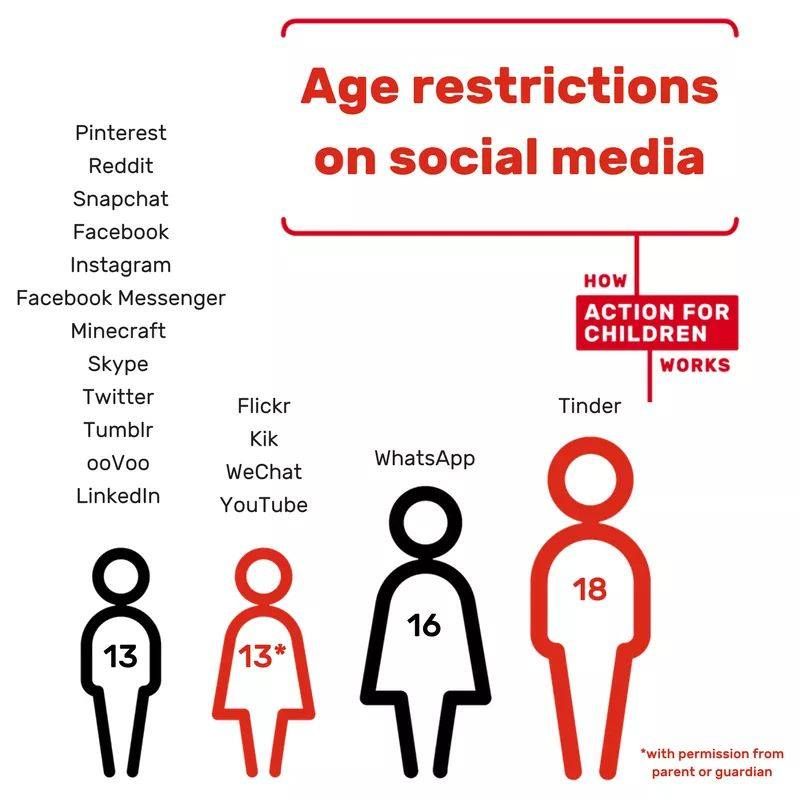
A common phrase among child therapists is, “Adults Talk, Kids Play.” In a nutshell, children are not always able to articulate their thoughts, feelings, and experiences, but they are able to express them through play! Play is a powerful tool for learning, engagement, and growth.
The first type of play that young children typically engage in is known as parallel play. This is when kids play beside each other without truly interacting with each other. However, as they begin to move past these initial social connections, they begin to play more cooperatively. In cooperative play, young children interact in a small group with the same activity. These early practices of cooperative play include symbolic play (such as cooking in a kitchen, talking on the phone, or playing “house”). Children start practicing this type of play as early as toddlerhood and then peaks for the majority of young children between four and five years old. Additionally, as young children continue to develop socially with peers, they will typically enter a stage of “rough and tumble play. ” This can include racing, running, climbing, wrestling, or competitive games. This stage is important as kids are developing social skills (such as learning to take turns and follow simple group rules and social norms).
In early childhood, peers will begin to identify one another as their friends. However, it is important to note that the concept of “friendship” is still a very concrete, basic relationship. At this stage of development, friendship only goes as far as sharing toys and playing together, rather than the associated qualities of empathy and support that adolescents and adults develop. However, this does not mean that these early friendships are any less important. In fact, Paul Schwartz, a professor of psychology and child behavior expert, is only one of many professionals who have emphasized the many benefits of childhood friendship. He stated:
“Friendships contribute significantly to the development of social skills, such as being sensitive to another’s viewpoints, learning the rules of conversation, and age-appropriate behaviors.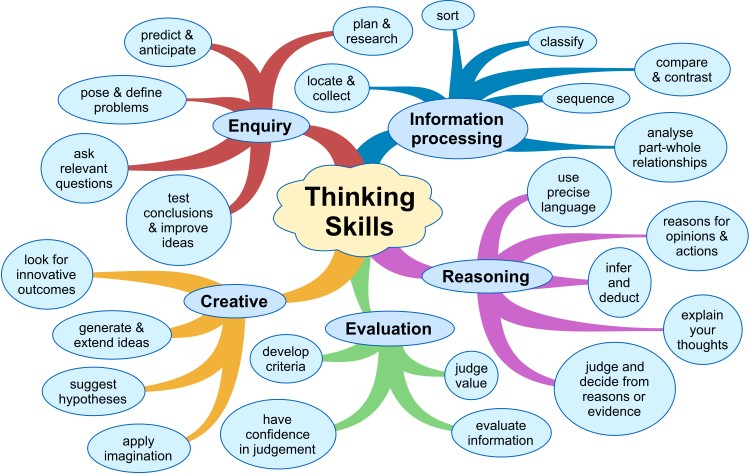 More than half the children referred for emotional behavioral problems have no friends or find difficulty interacting with peers… Friends also have a powerful influence on a child’s positive and negative school performance and may also help to encourage or discourage deviant behaviors. Compared to children who lack friends, children with ‘good’ friends have higher self-esteem, act more socially, can cope with life stresses and transitions, and are also less victimized by peers.”
More than half the children referred for emotional behavioral problems have no friends or find difficulty interacting with peers… Friends also have a powerful influence on a child’s positive and negative school performance and may also help to encourage or discourage deviant behaviors. Compared to children who lack friends, children with ‘good’ friends have higher self-esteem, act more socially, can cope with life stresses and transitions, and are also less victimized by peers.”
Even preschool friendships are helpful in developing social and emotional skills, increasing a sense of belonging and decreasing stress. The tremendous benefits of social connections in early childhood simply cannot be ignored!
Here are some ways that parents can help their little ones develop positive, healthy, and beneficial relationships:
- Model good friendship skills
- Encourage the friendships that are important to your child
- Set up playdates
- Respect your child’s personality and interests
- Emphasize the importance of staying connected
- Ask about who your child’s friends are at school and daycare
- Help your child develop problem-solving and conflict resolution skills
- Model empathy and compassion, and respect for kids
- Encourage your child to start new friendships, and maintain existing ones
- Talk with your child about when it is appropriate or necessary to end a friendship, and how to do so respectfully
- Have conversations about bullying and kindness
Overall, the more that you talk with your child about how to become a good friend, the more good friends they will have.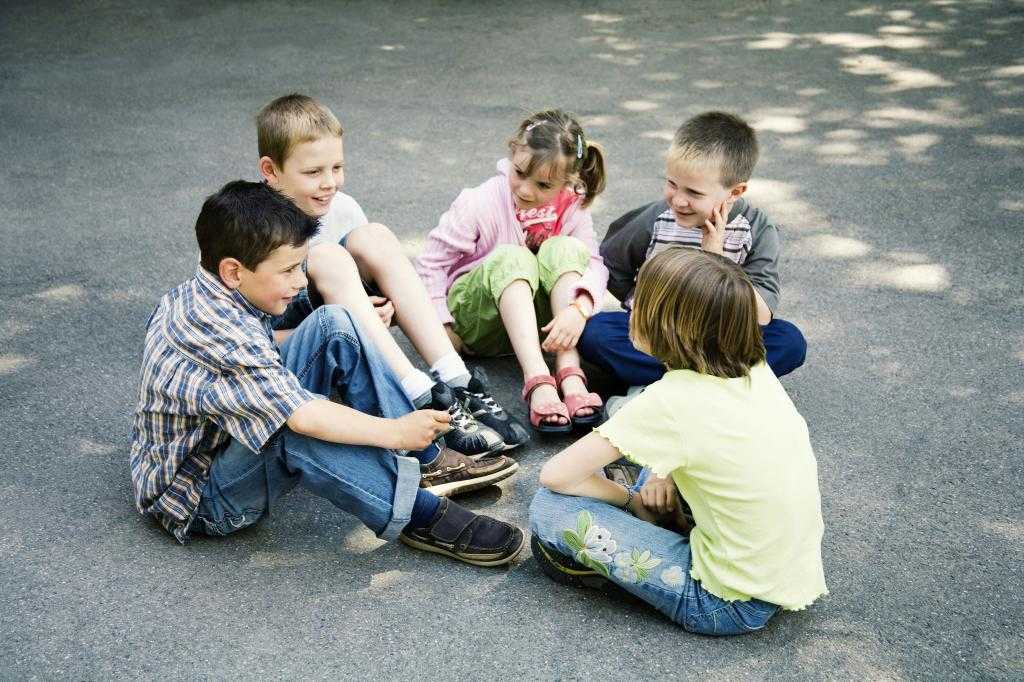 The skills learned through social connections in early childhood are not only important for their current friendships, but for your child’s future relationships as well.
The skills learned through social connections in early childhood are not only important for their current friendships, but for your child’s future relationships as well.
As children transition to adolescence, they begin to spend less time with their parents and siblings and more time in a social environment. As a result, friendships with peers become an increasingly important source of social connections, and characterizations of youths’ social relationships carry high relevance for developmental psychology. It is during the adolescent period that peer interactions arguably hold the greatest importance for individuals’ social and behavioral functioning.
When a teenager has healthy friendships, they can truly reap the benefits. Positive friendships provide youth with support, companionship, and a sense of belonging. They offer opportunities for the development of social skills. For example, adolescents learn to cooperate with others, communicate effectively, resolve conflicts, and resist negative peer pressure (which can either discourage or reinforce healthy behaviors).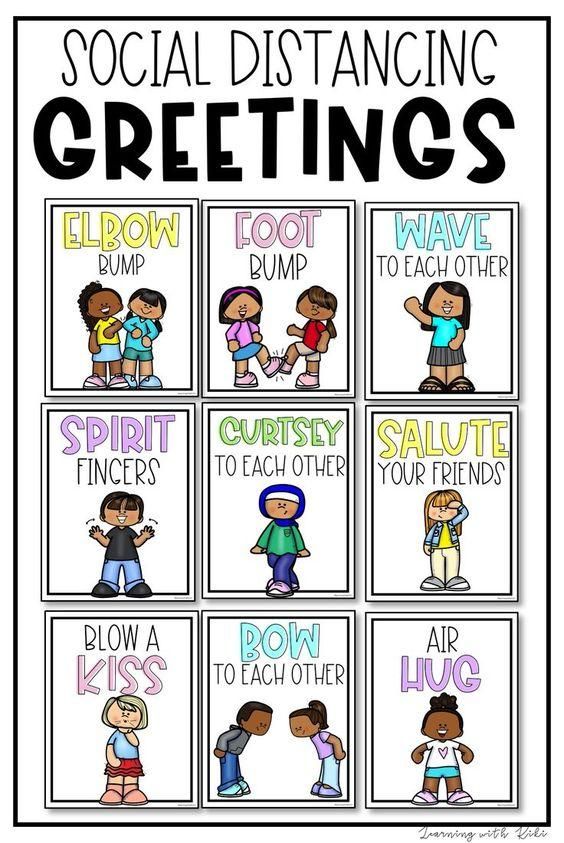
Evidence also suggests that positive friendships in adolescence can lay the groundwork for successful adult relationships (including romantic relationships). Your kids are learning how to make, maintain, and end relationships, and they are able to practice being honest, compassionate, and trustworthy while doing so. As they develop their own identity in relation to the world around them, healthy friendships provide youth with support, companionship, and a sense of belonging. Teens who have supportive friendships are also more likely to do well in school, and be more equipped to navigate and recover from life’s challenges. Peer relationships are especially important during times of difficulty, as they offer a sense of belonging and relief from depression, anxiety, and stress. Feelings of closeness in friendships are intrinsically linked to increased resilience.
Overall, adolescence is a period of rapid change. Not only are your kids’ bodies growing and changing, but they are developing socially and emotionally as well.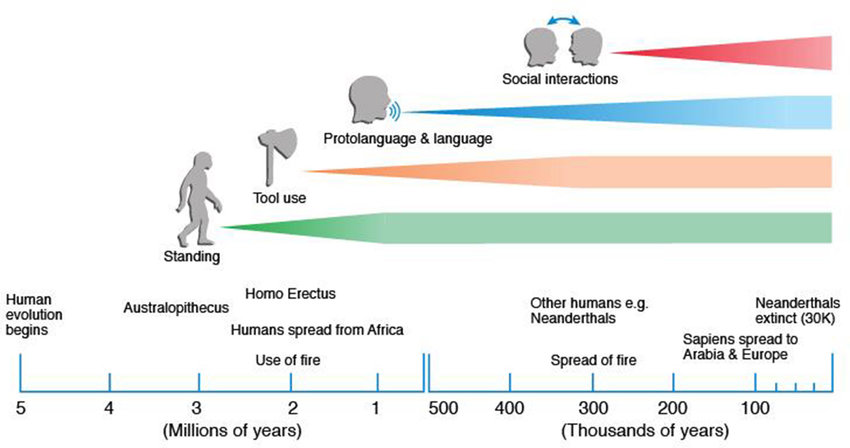 Friendships become more complex as teenagers view them more abstractly, through an exchange relationship of “give and take,” as well as a true social support system. For girls and boys alike, friendships in adolescence are far more emotionally involved than they were just a few short years prior. Because of this, peer relationships are also a common source of stress and anxiety.
Friendships become more complex as teenagers view them more abstractly, through an exchange relationship of “give and take,” as well as a true social support system. For girls and boys alike, friendships in adolescence are far more emotionally involved than they were just a few short years prior. Because of this, peer relationships are also a common source of stress and anxiety.
Peer pressure can have a negative impact on an individual, such as when it convinces your child to try smoking or drinking. Here are some tips (adapted by those provided by researchers at the Cleveland Clinic) to help reduce the negative influences of peer pressure in the social interactions of teenagers:
- Create a strong relationship and bond with your child, it is always advised to encourage your children to be open with you and to have honest communication.
- Discuss the negative impact of peer pressure with your child, as they will be better prepared to say no and resist negative influences.

- Reinforce the values that are important to you and your family.
- Teach your child the importance of being assertive when necessary.
- Give your teen plenty of space to also breath. Don’t be a hovering parent that is watching every move their child makes. You can’t expect him or her to do exactly as you say. Expecting perfection is setting them up to fail.
- Instead of only telling your teenager what to do, try to listen first and gain their perspective.
- Implement discipline, structure, boundaries, and consequences for negative actions or harmful behaviors.
Additionally, one the best things you can do for your child and their social connections in adolescence is to foster and encourage your teen’s abilities, strengths, identity, and self-esteem. By doing so, they will not be susceptible to the influences of others. In addition, the development of a positive self-image is vital to positive relationships as your child transitions from an adolescent to a young adult.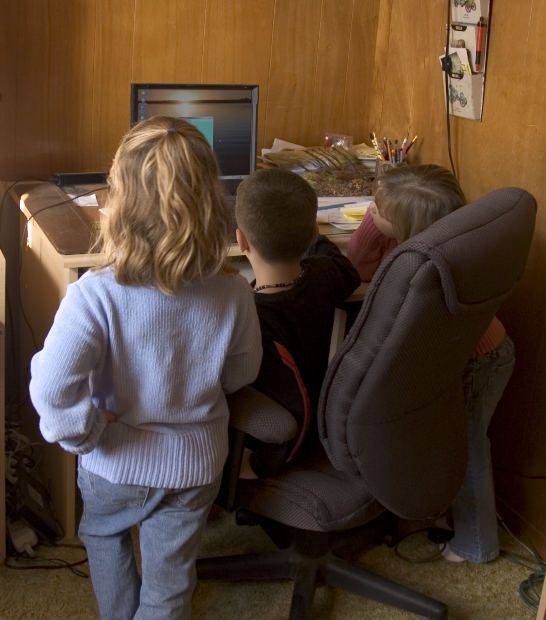 Here are some practical things that you can do to build your teenager’s self-esteem:
Here are some practical things that you can do to build your teenager’s self-esteem:
- Provide words of encouragement for your child every day. It is so important to recognize and acknowledge things your child does right, and not just their mistakes. Affirm them frequently! Identifying their talents and successes will help your teenager learn to focus on their strengths.
- On the other hand, be sure to give constructive criticism. Feedback is essential to growth. Be willing to have the tough conversations, and try to do so with grace.
- Allow your teen to make mistakes. Not only can overprotection or making decisions for teens be perceived as a lack of faith in their abilities, but it does not allow their confidence to grow. Sometimes, our best lessons are learned through failure. The safest time and place to fail should be while they are still in your care as their parents.
- Initiate conversations about self-esteem, identity, worth, and self-image, as well as why these things are important.
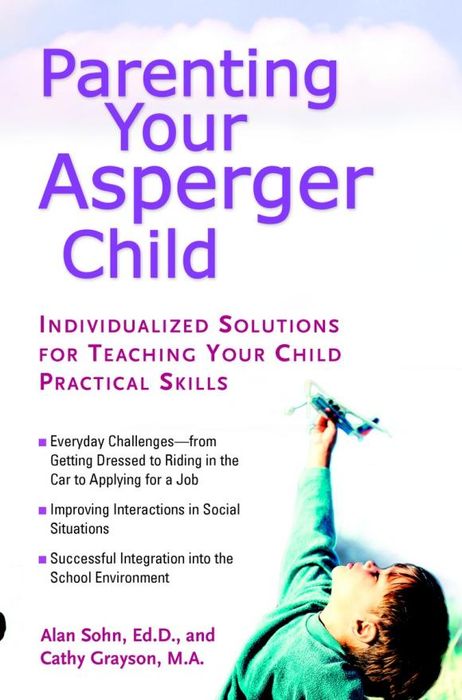
Overall, Dr. Bruce Perry, a child psychiatrist, said it best when he stated in a study:
“The more healthy relationships a child has, the more likely he will be to recover from trauma and thrive. Relationships are the agents of change and the most powerful therapy is human love.”
No matter which stage of development your child is in, encouraging social connections is so important to their current and future well-being and mental health. Loving relationships truly are powerful in a child’s life and, as parents, we must remember that this type of love begins at home.
SOURCES:https://www.mentalhelp.net/articles/infancy-emotional-and-social-development-social-connections/
https://www.ncbi.nlm.nih.gov/pmc/articles/PMC5330336/
https://www.ncbi.nlm.nih.gov/pmc/articles/PMC5330336/#CIT0006
https://raisingchildren.net.au/preschoolers/play-learning/active-play/rough-play-guide
https://hvparent.com/importance-of-friendship
https://my.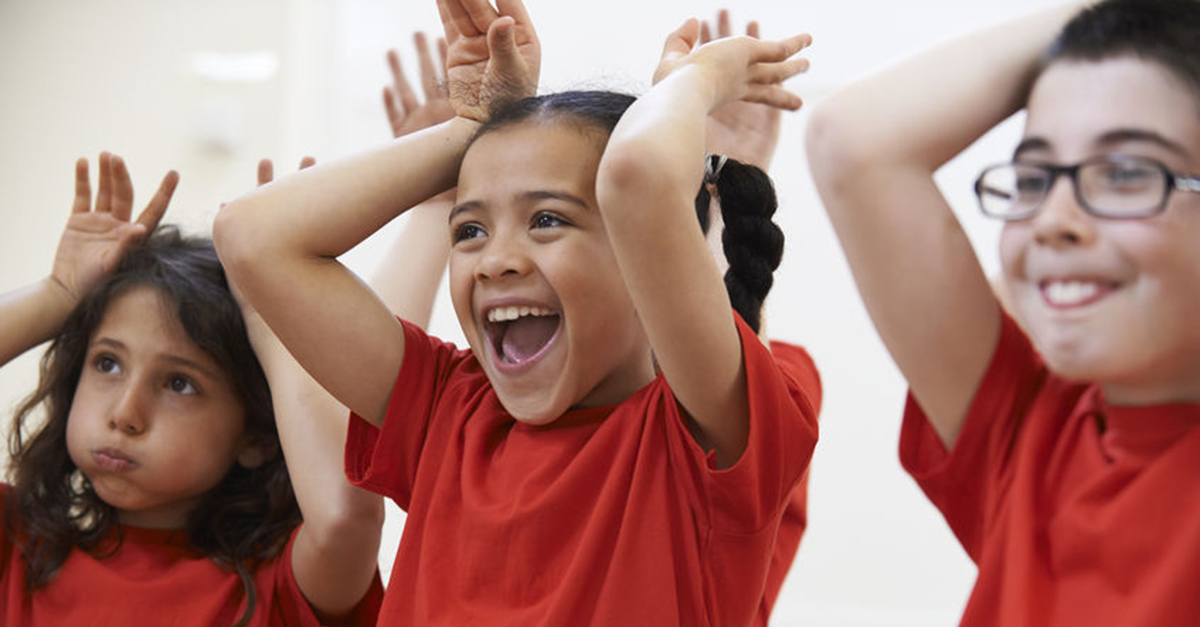 clevelandclinic.org/health/articles/12942-fostering-a-positive-self-image
clevelandclinic.org/health/articles/12942-fostering-a-positive-self-image
https://www.jhsph.edu/research/centers-and-institutes/center-for-adolescent-health/_docs/TTYE-Guide.pdf
https://www.brightfutures.org/mentalhealth/pdf/06BFMHAdolescence.pdf
This website uses cookies to improve your experience. By continuing to use our site you agree to our Privacy Policy. ACCEPT
Social interaction of children: search for hot spots
Top menu
Main menu
preschoolers Education and training of preschool children
We advise you to look
YOU MUST ENABLED JS
- Material Information
- Preschool Psychology
- Views: 4704
Material content
- Children's Social Interaction: Finding Hot Spots
- Social behavior of the child
- Stable behavioral if-then signatures
- Self-control weakens aggressive tendencies
- Graphical display of hotspots of the if-then stress signature
- All pages
Page 1 of 5
Vediko is a summer recreation camp in the New England countryside.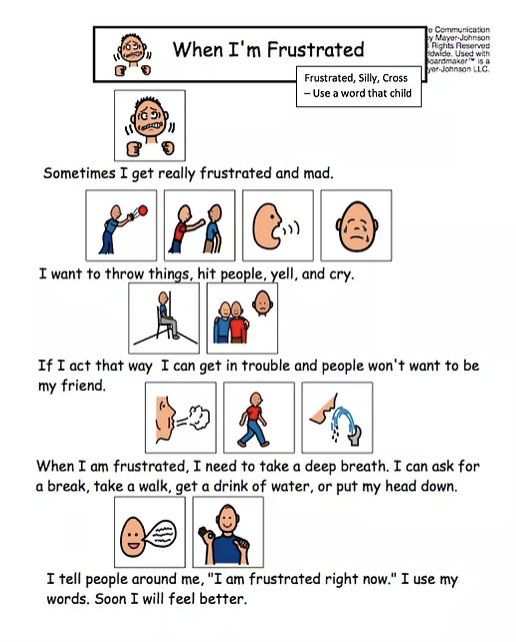 In this camp, children aged 7-17 lived for six weeks in summer wooden houses.
In this camp, children aged 7-17 lived for six weeks in summer wooden houses.
They lived in small same-sex peer groups with five adult counselor caregivers. Children were enrolled in this program because of serious problems with social adaptation who appeared at home or at school, especially aggression, alienation and depression . All children came predominantly from families living in and around Boston.
The purpose of creating a psychotherapeutic environment in the camp was to develop in children more adaptive and constructive social behavior .
In the mid-1980s, my longtime research partner Yuichi Shoda and I were given permission to conduct a major research project at the camp, with the approval of the camp staff and personally Jack Wright, who headed the research department at Vediko. Jack, Yuichi, and the research staff systematically observed the children's behavior for six weeks.
Researchers diligently, but unobtrusively, recorded all the child's ongoing social interactions in the camp in different conditions and during various activities: while staying at home, at the lakeside and in the dining room, while doing art and crafts, etc.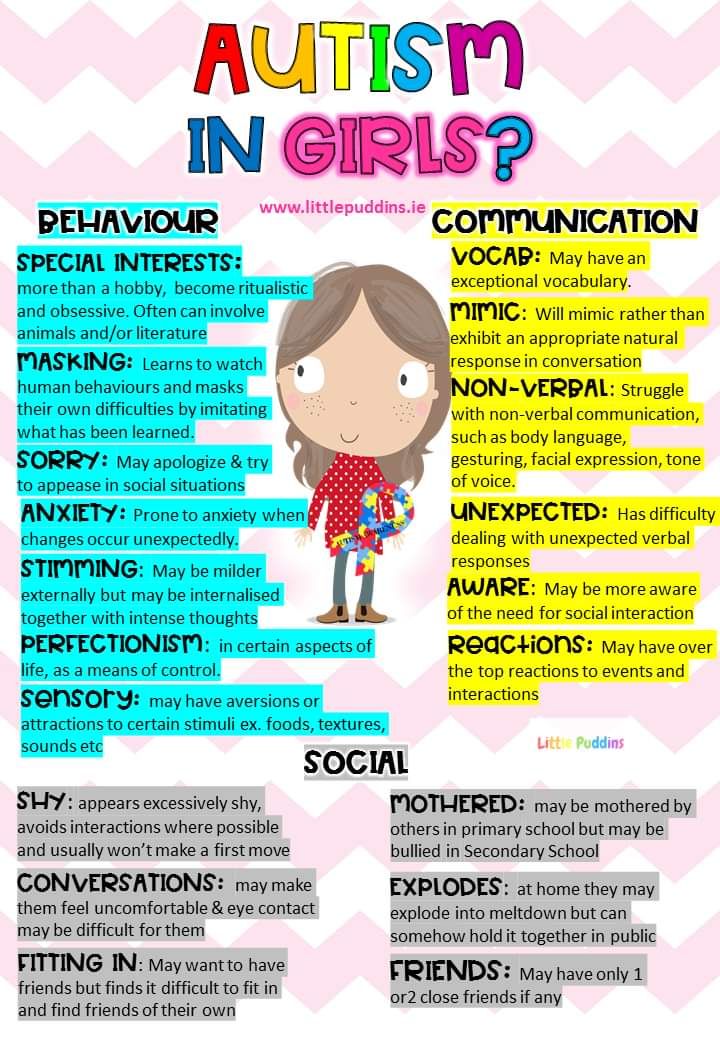 This there was extensive data collection work, and Yuichi and I collaborated extensively with Jack in planning the project and analyzing the results.
This there was extensive data collection work, and Yuichi and I collaborated extensively with Jack in planning the project and analyzing the results.
Observers recorded what each child did while interacting with other children in the same set of situations day after day throughout the summer shift. Jack, Yuichi, and I focused on analyzing the negative manifestations of the "hot" emotional system—primarily verbal and physical aggression—that brought these children to Vediko in the first place.
Strong emotions usually did not appear when children were stringing colored beads or swimming in a lake. This continued until all was well. But they became furious when one child deliberately destroyed a toy tower that another was diligently building, or responded to a friendly invitation to build a tower together with insults or rude ridicule.
To identify such "hot spots" - psychological situations that caused aggression in children , — the researchers first of all recorded what the children themselves and the educators answered to the request to describe other children in the camp.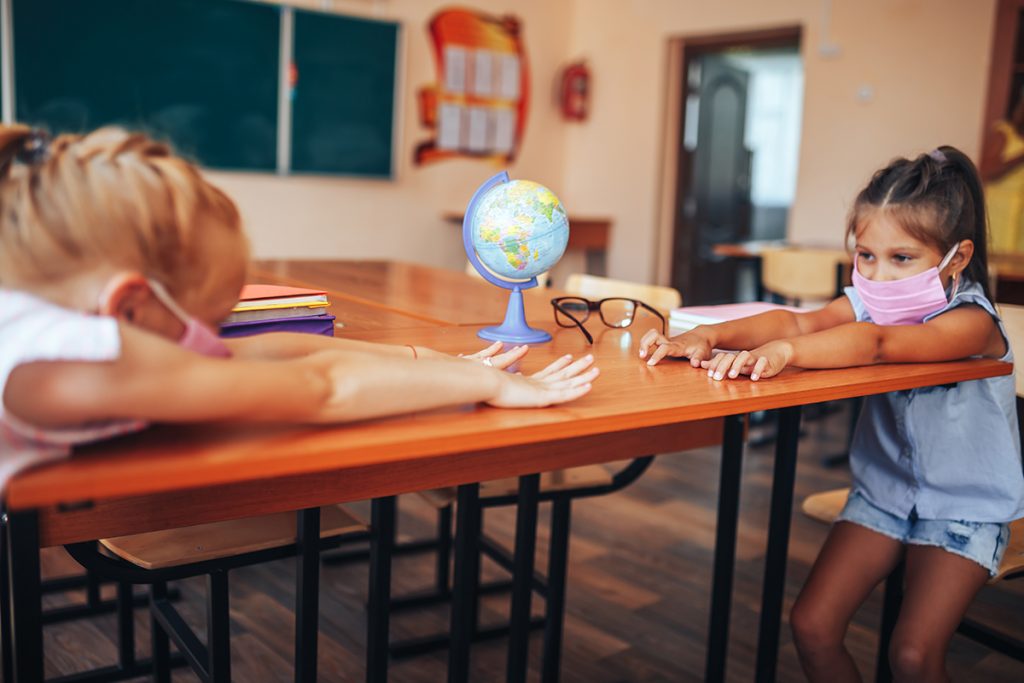 The youngest quantified the characteristics they gave to others: Joe pushing and screaming sometimes; Pete fights - all the time.
The youngest quantified the characteristics they gave to others: Joe pushing and screaming sometimes; Pete fights - all the time.
However, the descriptions given by counselors and older children became more conventional and contextualized in specific types of interpersonal situations that generated emotional outbursts—in "hot spots" that caused sensory distress. “Joe always loses his temper” might have been the first statement, but after a few other general phrases, the children began to specify the types of “hot” provocative situations: “If other children start laughing at him because of his glasses” or “If he is expelled from the game".
Based on these descriptions, the research team observed what each child did over and over again during social interaction at the camp.
Five types of such situations were identified: three negative (“the peer teased, provoked or threatened”, “the adult warned” and “the adult punished by “exclusion from the process””) and two positive (“the adult praised” and “the peer behaved friendly” ).
- Forward
- Back
- Forward
YOU MUST ENABLED JS
📖 Social Interaction Disorders, Key Features of Autism, Chapter 10. Autism and Childhood Schizophrenia. Children's pathopsychology. Mash E. Page 75. Read online
Despite half a century of research history, there is still a debate among scientists about which signs of autism are the main ones. Since autism is a rare disorder with a variety of manifestations, it is rather difficult to study. The complexity of the study of autism is also caused by the interconnected nature of social, cognitive, speech and emotional development in the first years of a child's life. Violations of any of these functions are reflected in all other areas of functioning. In particular, problems in the field of social development entail a lag in speech development, and vice versa.
Autism is not a single disorder, but rather includes several disorders that affect the development of social interaction, as well as emotional, speech and cognitive development (Romanczyk, Weiner, Lockshin & Ekdahl, 1999).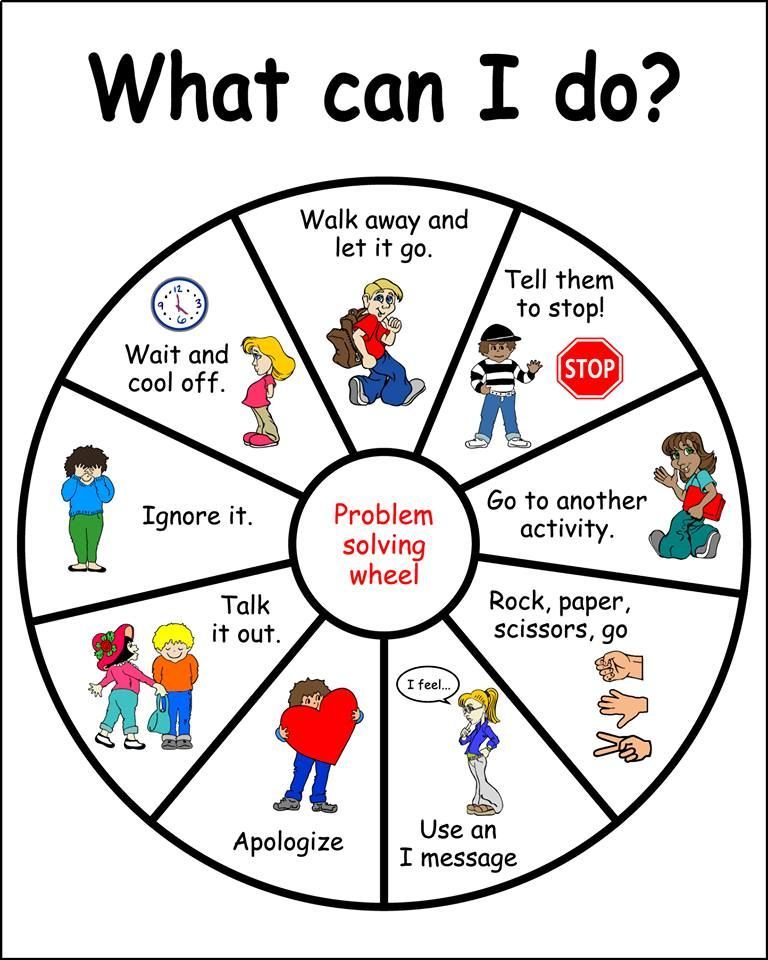 Therefore, when considering the various characteristics of autism, we must keep in mind that they are all interrelated, and do not appear in isolation from each other (Klinger & Dawson, 1996).
Therefore, when considering the various characteristics of autism, we must keep in mind that they are all interrelated, and do not appear in isolation from each other (Klinger & Dawson, 1996).
Violations of social interaction.
Children with autism experience significant difficulties in communicating with other people, even if their intellectual abilities exceed the average level (Grossman, Carter, Volkmar, 1997). From a very early age, they have problems with the formation of skills that have a decisive influence on social development, such as imitation, orientation to social stimuli, focusing attention with other people on the same objects, recognizing the emotional states of people around them, and also participation in games that require the work of the imagination (make-believe play: "imagine that ..."). At an older age, they are rarely the first to make contact with others and for the most part do not react to their emotional manifestations.
Such children have a weakly expressed social orientation of their own behavior, as well as susceptibility to the social aspects of the behavior of other people, they rarely share their experiences and emotions with others.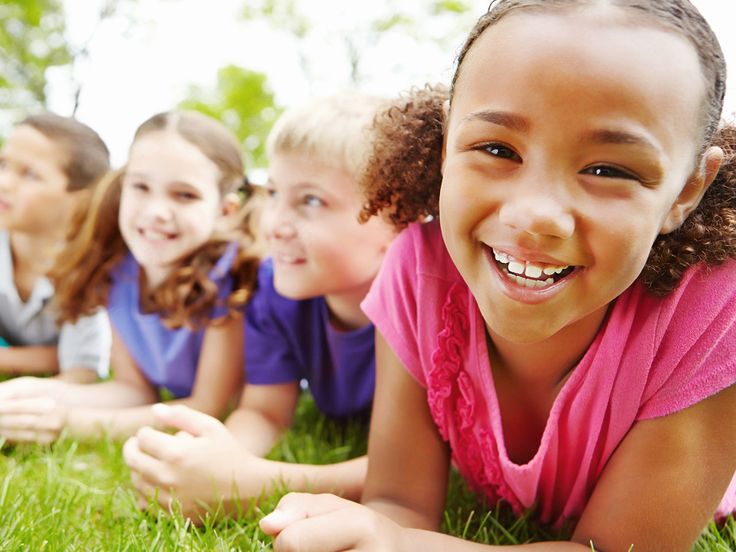 Children with autism also have problems recognizing faces (Klin et al., 1999). In addition, it is difficult for them to integrate the social, communicative and emotional aspects of their own behavior, which is required, for example, when you need to say hello to a familiar person entering the room. Children with autism do not perceive others as social partners. This often leads to the fact that they begin to treat other people as objects, and their actions often turn out to be directed not at the person as a whole, but at separate parts of his body, as happens when the child directs his aggression only to the hand of the person holding him. his man (Carr & Kemp, 1989; Phillips, Gomez, Baron-Cohen, Laa & Riviere, 1995).
Children with autism also have problems recognizing faces (Klin et al., 1999). In addition, it is difficult for them to integrate the social, communicative and emotional aspects of their own behavior, which is required, for example, when you need to say hello to a familiar person entering the room. Children with autism do not perceive others as social partners. This often leads to the fact that they begin to treat other people as objects, and their actions often turn out to be directed not at the person as a whole, but at separate parts of his body, as happens when the child directs his aggression only to the hand of the person holding him. his man (Carr & Kemp, 1989; Phillips, Gomez, Baron-Cohen, Laa & Riviere, 1995).
Children with autism also show problems with joint social attention, the ability to direct another person's attention to an object of common interest (G. Dawson, Meltzoff, Osterling, Rinaldi & Brown, 1998). The ability to maintain co-directed social attention, which is developed in normal children by 12-15 months of age, requires tuning with another person on the same wavelength. In this case, the child directs the other person's attention to the object: he points his finger at it, looks, holds it out to the adult, arousing his general interest. Although an autistic child may bring or point to an object of interest to another person, he usually does so only when he wants the other person to do something for him; at the same time, he does not seek to establish contact with him and find a common interest with him in order to enjoy the very process of communication.
In this case, the child directs the other person's attention to the object: he points his finger at it, looks, holds it out to the adult, arousing his general interest. Although an autistic child may bring or point to an object of interest to another person, he usually does so only when he wants the other person to do something for him; at the same time, he does not seek to establish contact with him and find a common interest with him in order to enjoy the very process of communication.
Children with autism are also distinguished by unusual ways of processing social information. At an early age, they have greater difficulty than other children in imitating body movements, as opposed to imitating with toys (toy actions) (I. M. Smith & Bryson, 1994; Stone, Ousley & Littleford, 1997), as well as in orientation. on social incentives, as opposed to focusing on other types of incentives (G. Dawson, 1996).
When looking at a human face, they often pay attention to individual parts of it, say the mouth or nose, without considering the facial features as a whole (Boucher & Lewis, 1992).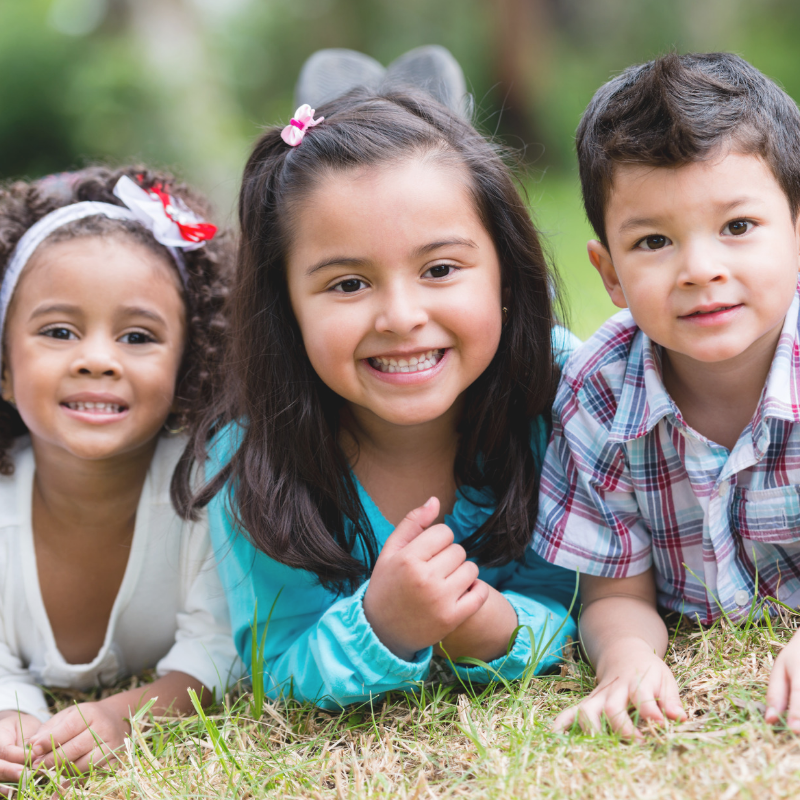 Autistic children, unlike normal children, prefer nonverbal sounds (Klin, 1999).
Autistic children, unlike normal children, prefer nonverbal sounds (Klin, 1999).
Contrary to the earlier belief that children with autism are generally unable to show kinship feelings to their loved ones and cannot distinguish their own parents from other people, research suggests the opposite (Dissanayake & Sigman, 2000). Most children with autism are more receptive to their loved ones than to strangers. In the presence of acquaintances, their behavior acquires a greater social orientation, they get bored if their relatives are not around, which does not happen when communicating with people they do not know. (Sigman & Mundy, 1989). In addition, given that such children are characterized by disoriented and disordered behavior with characteristic perseverations, it can be said that they show, although less pronounced, but comparable to the control group of normal children, signs of close attachment to their mother (Capps, Sigman, & Mundy, 1994). They prefer the company of their mother to the company of a stranger, they resort to her help in studying the world around them and calm down faster in their mother's arms.
Thus, we cannot say that children with autism are completely incapable of forming attachments to other people. Rather, it can be argued that autism is deficient in those skills that allow us to understand and respond to social information (Rogers, Ozonoff, & Maslin-Cole, 1993). As shown in the photographs in Box 10.1, an autistic child notices when the mother leaves the room and looks for her, indicating attachment. However, unlike a normal child, he is unlikely to understand the essence of what is happening and does not know what needs to be done in order for the mother to return. That is why to the observer it may seem that the child is deprived of the feeling of attachment to the mother.
Insert 10.1
Children in social interaction
This young autistic child notices that the mother has left the room. He walks around the room looking for his mother, but his expression hardly changes. He doesn't seem to know what to do to get his mother back.
Psychology bookap
A non-autistic child of the same age is more likely to:
In about ten seconds, his expression changes from "No, they can't be leaving me" to "Are they really leaving?" The child cries, but as soon as the parents appear, he calms down, and a good mood returns to him.
(Source: Behavior Disorders of Childhood, produced by Alvin H. Perlmutter, Inc)
---
In addition to social problems, children with autism have difficulty recognizing emotions from human body movements, gestures, facial expressions and voice. Preschool children with autism do not notice or pay attention to the emotional signals given by other people: they cannot tell if a person is pleased, sad, interested or annoyed. Unlike normal preschoolers (mental age), they can group pictures of people by the type of headgear they wear rather than by the emotional expressions on their faces (Weeks & Hobson, 1987).
In addition, autistic children also differ from normal children in expressing their own emotional states.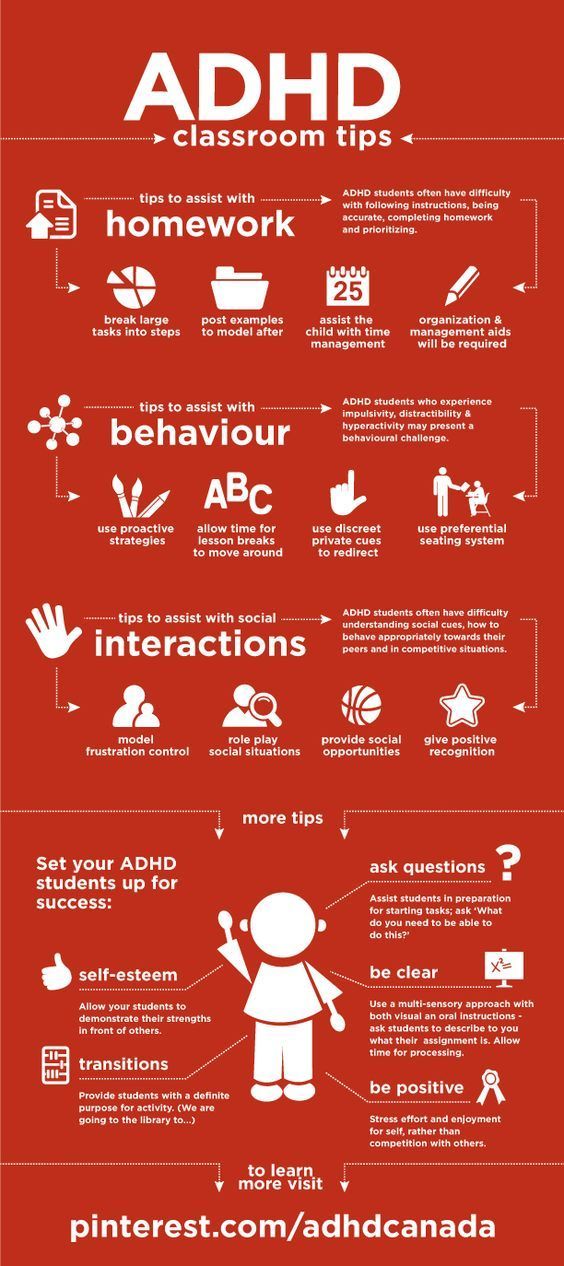 These expressions are often characterized by limited and involuntary use of expressive gestures and eccentric, slurred, or involuntary facial expressions. Thus, children with autism not only process but also transmit emotional information in unusual ways. We do not yet know whether their emotional experiences also differ from those experienced by other children (Attword, Frith & Hermelin, 1988; Loveland et al., 1994; Macdonald et al., 1989).
These expressions are often characterized by limited and involuntary use of expressive gestures and eccentric, slurred, or involuntary facial expressions. Thus, children with autism not only process but also transmit emotional information in unusual ways. We do not yet know whether their emotional experiences also differ from those experienced by other children (Attword, Frith & Hermelin, 1988; Loveland et al., 1994; Macdonald et al., 1989).
Violation of communication processes.
For two years, the mother of a young man with autism tried to correct him, telling him, "That's not right. Normal people don't do that." The son stopped. Then the mother added: "You want to look like a normal person, don't you?", to which he replied: "Yes." But one day it occurred to the mother to ask her son: "Do you know what the word "normal" means?" The son again answered: "Yes", which greatly pleased the mother. But when she tried to get him to define the word, he said, "It's the second button on the left on the washing machine. " (Donnellan, 1988)
" (Donnellan, 1988)
Children with autism experience severe speech and communication impairments that begin at an early age and persist throughout life. Even before the child can speak, he has at his disposal a rich arsenal of means for communicating to other people about his needs, interests and feelings. These tools include facial expressions, vocalizations and gestures. One of the first signs of speech disorders in children with autism is incomplete (inconsistency) use of preverbal communications (preverbal communications). For example, an autistic child may point to a stuffed animal that he wants to but cannot reach. In this way, he demonstrates the ability to use protoimperative gestures () - gestures or vocalizations that serve to communicate his needs. However, this child will most likely not use protodeclarative gestures - gestures or vocalizations that serve to attract the visual attention of other people to objects of common interest.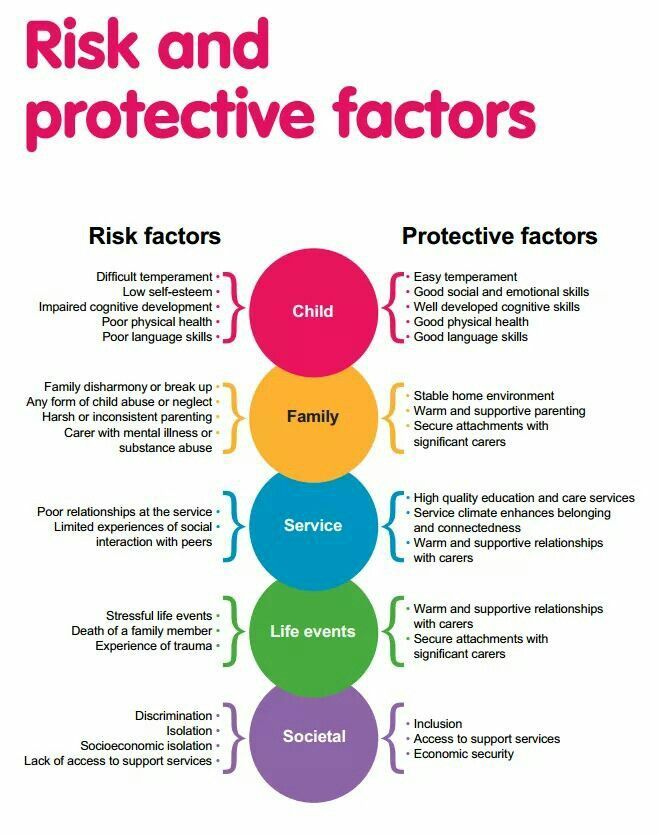
The main purpose of using proto-declarative gestures is to involve other people in the process of interaction; for example, a baby who is just starting to walk points vigorously at a dog to draw his mother's attention to the amazing creature he has seen.
The use of proto-declarative gestures involves the ability to generate and maintain general social attention, as well as the ability to understand what other people are thinking skills that children with autism lack. In addition, there are no other declarative gestures in their arsenal of communicative means, in particular, showing gesture, which normal children use when showing others an object of their interest or an object that is new to them (eg shaving cream: see box 10.2).
Insert 10.2
Preverbal communications
Squeezing a little bit of shaving cream into the palm of an autistic child will get his attention, but it will be focused solely on the shaving cream.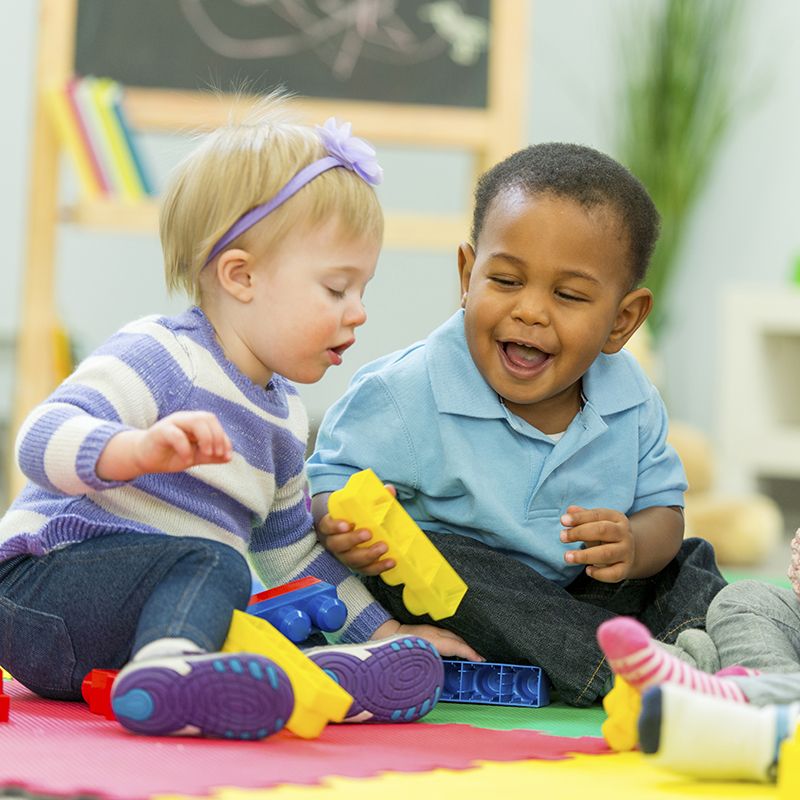 The child will no longer notice the father and mother who are standing next to each other, and will not show the slightest sign of wanting to share his experience with them.
The child will no longer notice the father and mother who are standing next to each other, and will not show the slightest sign of wanting to share his experience with them.
This normally developed child is also fascinated by the new spectacle and wants to immediately initiate everyone into his discovery, showing his mother what is in his hand. He has something to tell others, and he wants everyone to join his experience. He wants to be the center of attention, and this is a natural and very important desire for a child of his age.
(Source: Behavior Disorders of Childhood, produced by Alvin H. Perlmutter, Inc).
---
Nearly half of children with autism never learn meaningful language. They also include a small percentage of babies who start talking but then regress in their development, usually between 12 and 30 months. Autistic children who have partially or completely mastered speech do not use gestures for communication purposes. Instead, primitive forms of communication arise: the child drags the mother by the hand in the direction he needs, brings the mother an orange for her to peel, or a box for her to open. Autistic children can use instrumental gestures for someone to do something for them immediately, but they do not use expressive gestures to communicate their feelings (U. Frith, 1989). These two types of gestures are shown in Fig. 10.1.
Autistic children can use instrumental gestures for someone to do something for them immediately, but they do not use expressive gestures to communicate their feelings (U. Frith, 1989). These two types of gestures are shown in Fig. 10.1.
If children with autism develop speech, they begin to speak no later than the age of five. Almost all patients have a lag in speech development, most clearly manifested in the use of qualitatively inferior forms of communication. The most noticeable feature is the deficit of verbal communication (social chatter), which is expressed in the inability to use speech for the purpose of social communication. Parents and teachers describe the speech of such children as meaningless, incoherent, inadequate and poorly related to the situation in which they are.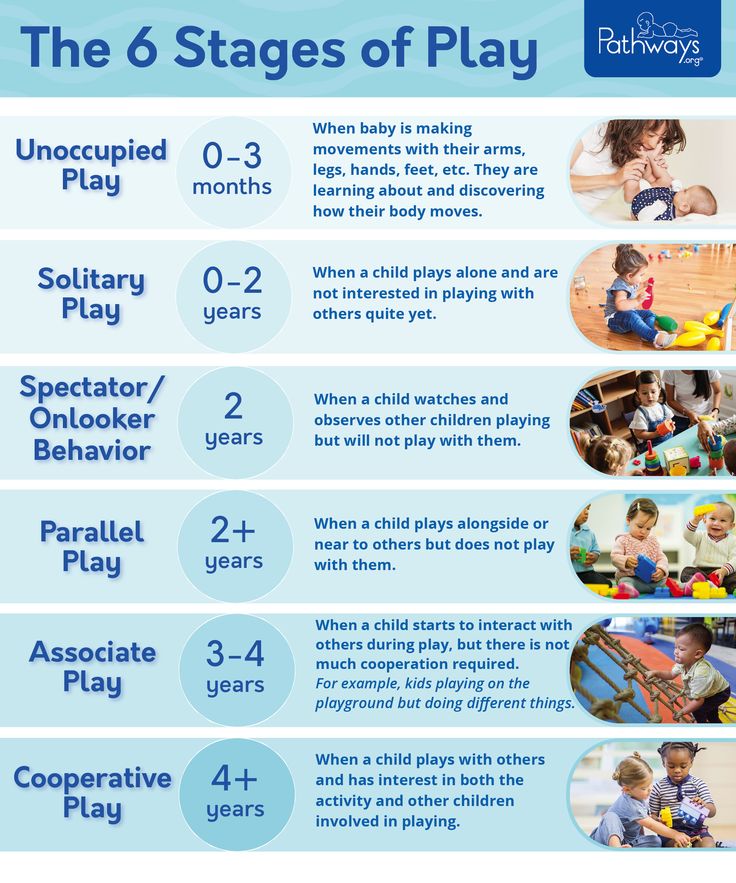 An example of such speech is an interview with Jerry, a five-year-old boy with autism who actively uses expressive speech (Bemporad, 1979, pp. 183-184):
An example of such speech is an interview with Jerry, a five-year-old boy with autism who actively uses expressive speech (Bemporad, 1979, pp. 183-184):
Interviewer: "Will you draw a man or a woman?"
Jerry: "The man was the lady's business."
Interviewer: "What does that mean?"
Jerry: "No, the man introduces the lady, yes, yes, yes. On the radio. The lady gives the pedal. Big handkerchief and napkin, they're tucked in. Yes, you see, that's it. We'll paint a picture and put it in a frame."
Beyond verbal idiosyncrasy * with its extremely unusual and apparently context-free verbalizations, these children are distinguished by two more qualitative speech disorders: reversion (repetition)
* Speech with characteristic individual grammatical and semantic deviations Note.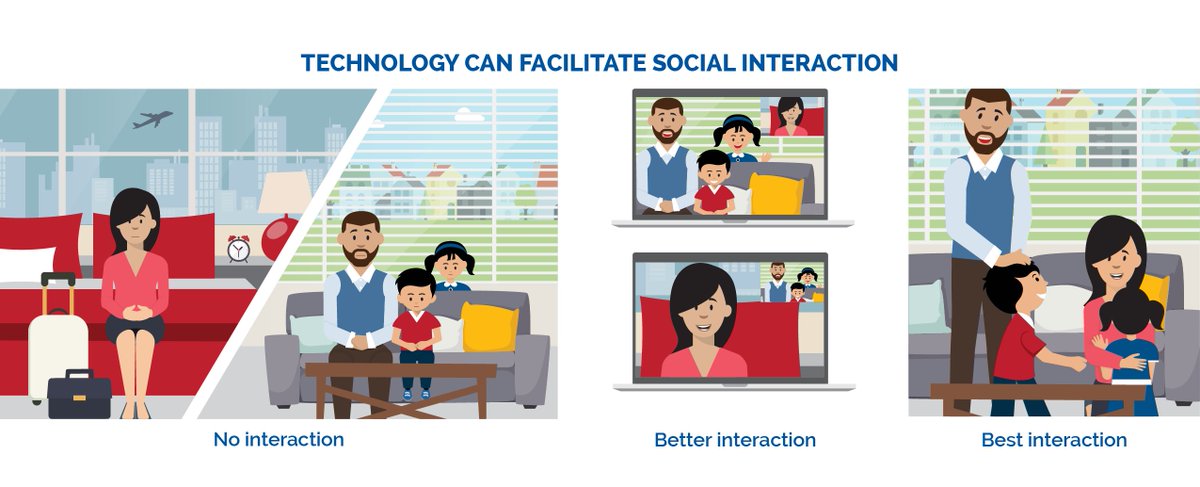 ed.
ed.
pronoun reversals and echolalia. Pronoun reversal occurs when a child pronounces personal pronouns exactly as he hears them, without changing them according to the context. For example, when a child named Tim is asked "What's your name?", he answers "Your name is Tim" instead of "My name is Tim". Echolalia, which may be immediate or delayed, occurs when the child literally repeats, like a parrot, words or phrases that he heard. A child who is asked "Would you like a cookie?" will respond by repeating the question "Would you like a cookie?" Although echolalia used to be considered a form of pathology, it may actually be an important step for an autistic child on the path to language acquisition. Echolalia, as well as other non-standard forms of speech behavior (unconventional verbal behavior), such as speech perseveration (perseverative speech) (constant repetition of meaningless words or phrases), as well as continuous asking, can perform a range of communicative functions for a child with autism, as well as contribute to individual development (communicative and developmental fucntions).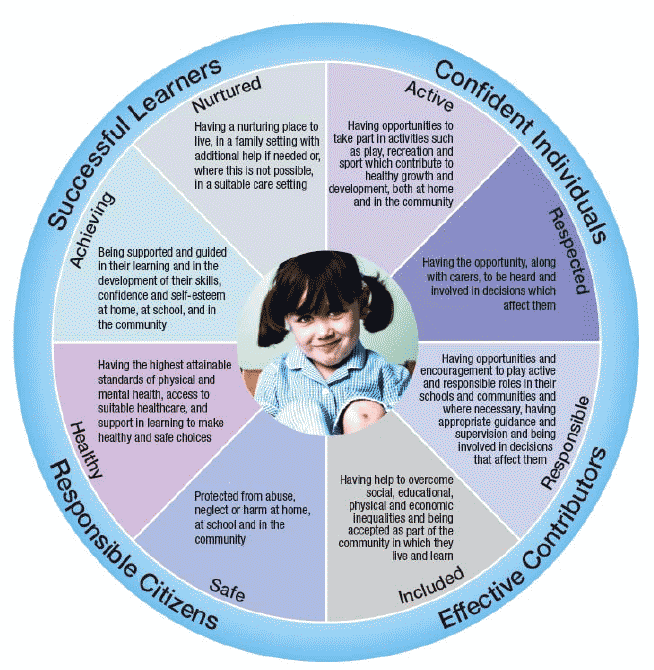 These unusual forms of speech may express the child's desire to communicate, albeit in such a primitive way (Prizant, 1996; Prizant & Wetherby, 1989).
These unusual forms of speech may express the child's desire to communicate, albeit in such a primitive way (Prizant, 1996; Prizant & Wetherby, 1989).
The initial difficulties that autistic children experience when acquiring language are not so significant at the phonetic, lexical, grammatical and semantic (meaning the meaning of words) levels, compared with those severe impairments that are found in their speech pragmatics i.e. - in the adequate use of speech in a social and communicative context. An example of the pragmatic use of speech, more precisely, in this case, an example of a misunderstanding of speech pragmatics, is shown in Fig. 10.2. Essentially, the question is, "Can you pick up the phone?" is a request to perform a given action, not an inquiry as to whether the child is able to do so. To make sense of this, the child must not only understand the meaning of the words, he must be able to correctly interpret the context in which the phrase is used.
Psychology bookap
- (Phone rings)
- Can you pick up the phone?
- Yes. (continuing idle)
(continuing idle)
Autistic children who do not have the skills of pragmatic use of speech often cannot understand the figurative (nonliteral) meaning of other people's words, as well as adapt the nature of their own speech to the situation in which they are (G. Dawson, 1996; Tager-Flusberg, 1993).
Psychology bookap
Children with autism understand speech in a literal sense. Often the meaning of a particular word is rigidly assigned to the context in which it was first learned by the child and does not undergo any further changes. For example, a child who learned the word "yes" while trying on his father's shoulder straps may decide that the word "yes" only means a desire to try on his father's shoulder straps, and use it only in this sense. It is difficult for him to separate the word "yes" from a specific context and apply it in a broad sense as a confirmatory remark.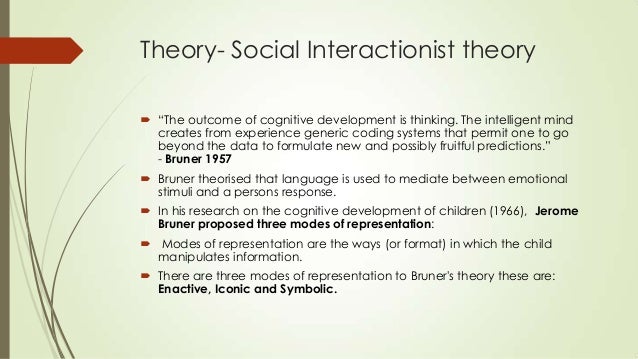 We have already given an example in which the word "normal" was associated only with a button on a washing machine.
We have already given an example in which the word "normal" was associated only with a button on a washing machine.
The tendency to assign the meanings of words to a very specific situation is reflected in the childhood memories of Donna Williams (1992), an adult woman with autism:
Everything that people said to me, if I was able to perceive their speech as something more than just words, was always understood by me only in relation to a specific moment or situation. I was once severely reprimanded for drawing a picture on the wall of the Houses of Parliament during a tour, and I promised that I would never do it again. But ten minutes later I was found drawing a different picture on the wall of the school. In fact, I did not ignore what they told me at all, nor did I try to fool around: I did not perceive my last act (drawing on the wall of the school) as an exact repetition of the previous one (drawing on the wall of the Houses of Parliament). My behavior puzzled others, but they also puzzled me. It wasn't that I didn't feel the need to follow their rules, but rather that I simply couldn't remember so many situation-specific rules. (page 69)
It wasn't that I didn't feel the need to follow their rules, but rather that I simply couldn't remember so many situation-specific rules. (page 69)
Difficulties associated with the pragmatic function of speech are experienced even by those autistic children who were able to learn the rules for constructing sentences and acquire a large vocabulary. In addition, they continue to have problems developing both verbal and non-verbal skills, indicating their inability to understand the thoughts, feelings, and intentions of others. On a non-verbal level, their monotonous voice and lack of gestures speaks of difficulties in expressing emotions. On a verbal level, they experience problems with the construction of coherent texts (narrative discourse), as evidenced by their extremely poor stories, as well as difficulties associated with the inability to use the figurative meaning of words, or difficulties in conveying to other people the necessary information. As they get older, they rarely follow the social convention for greetings and courtesy.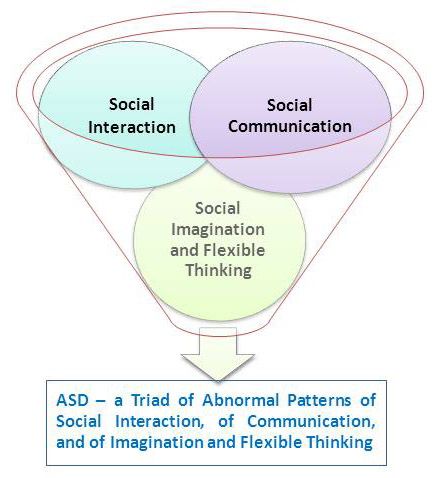 It has been suggested that the common source of all these communication problems is a fundamental misunderstanding that speech can be used to convey information and influence other people (Tager-Flusberg, 1996, 2000).
It has been suggested that the common source of all these communication problems is a fundamental misunderstanding that speech can be used to convey information and influence other people (Tager-Flusberg, 1996, 2000).
Intrusive behaviors and interests
Jerry, an autistic, well-developed 15-year-old boy, wrote the following poem (Bemporad, 1979, p. 188):
I prayed to God,
Psychology bookap
To show me the way.
I was waiting for his word,
How can I comprehend mathematics.
Psychology bookap
Now people envy me,
God led me through this forest,
I fell in love with numbers, and counting, and fractions.
Psychology bookap
Equations can now be written
And add, divide, and multiply.
Let mathematics be my destiny.
Psychology bookap
Children with autism often have an extremely narrow range of interests, an example of which is Jerry's passion for mathematics. They are also characterized by repeated repetitions of monotonous actions, which include, for example, laying objects in a line, or monotonous body movements, such as swaying (M. Turner, 1999). It seems that some internal mechanism makes them endlessly repeat the same actions. Some children may perform these compulsive movements swaying or waving their arms with such intensity that they begin to sweat; others react extremely nervously to the slightest change that breaks the constancy of their rituals. Especially repetitive behaviors can be observed when other people do not intentionally try to direct children's activity in a different direction, which suggests that they themselves are unable to think of something to do for themselves. Children with autism also often resort to repeating stereotypical behaviors when they find themselves in a new, unexpected or difficult situation for them, which probably gives them a sense of control over the environment and allows them to adapt to external changes, the nature of which they cannot understand.
They are also characterized by repeated repetitions of monotonous actions, which include, for example, laying objects in a line, or monotonous body movements, such as swaying (M. Turner, 1999). It seems that some internal mechanism makes them endlessly repeat the same actions. Some children may perform these compulsive movements swaying or waving their arms with such intensity that they begin to sweat; others react extremely nervously to the slightest change that breaks the constancy of their rituals. Especially repetitive behaviors can be observed when other people do not intentionally try to direct children's activity in a different direction, which suggests that they themselves are unable to think of something to do for themselves. Children with autism also often resort to repeating stereotypical behaviors when they find themselves in a new, unexpected or difficult situation for them, which probably gives them a sense of control over the environment and allows them to adapt to external changes, the nature of which they cannot understand. (Klinger & Dawson, 1995).
(Klinger & Dawson, 1995).
Such repetitive body movements or manipulations with objects, when a child, say, constantly swings or twirls a pencil in his hands, are called self-stimulatory behaviors. Although self-stimulating behaviors are also common in children with other types of developmental disorders, they are most commonly observed and are particularly intrusive in children with autism. Some form of repetitive action, such as moving the fingers in front of the eyes, may start in early childhood and continue into adulthood. In these two photographs, taken 20 years apart, Pamela shows a striking similarity in self-stimulating activities.
The following examples show that self-stimulating or stereotyped actions may involve various senses; so the manipulation of the spoon on the table suggests that the child looks at the spoon and hears the sounds it makes.
Typical forms of self-stimulation in children with autism:
Visual: The child constantly blinks, looks at a light source, waves his arms, moves his fingers in front of his eyes.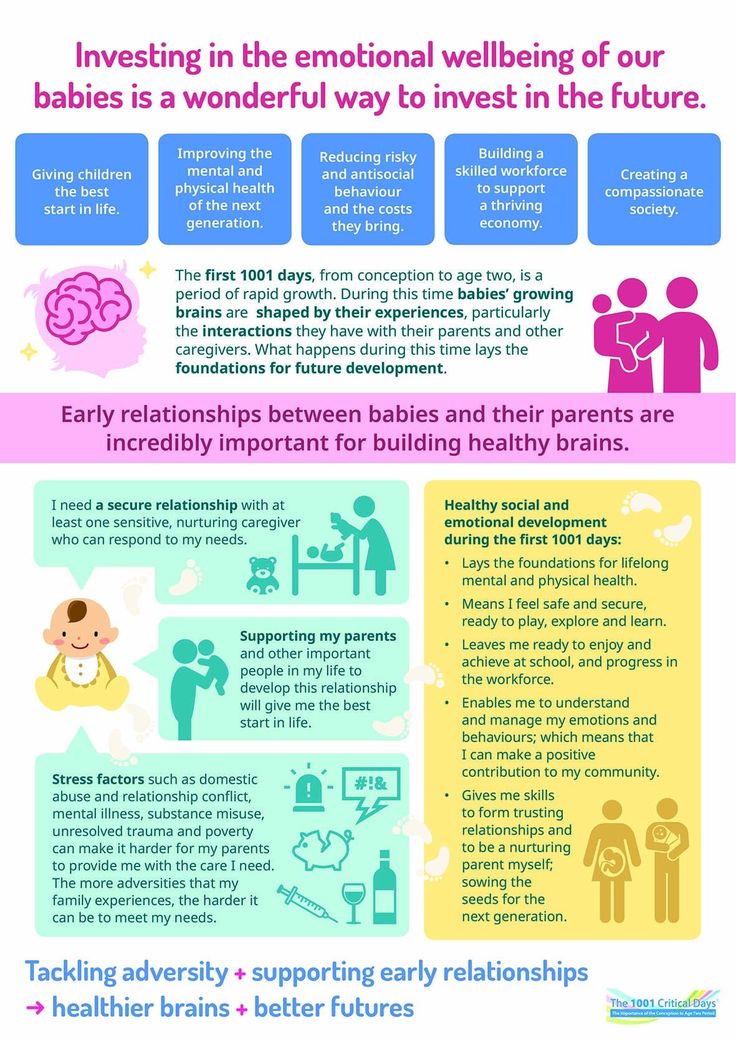
Auditory: snaps fingers, makes vocal sounds, taps ears, twirls an object on a table.
Tactile: Scraping or rubbing skin with hands or other object.
Vestibular: Rocks back and forth or side to side.
Taste: Puts body parts or objects into mouth and licks them.
Olfactory: Sniffs various objects or sniffs people.
The reasons why children with autism resort to self-stimulation and stereotyped behaviors have not yet been fully established, but scientists have proposed a number of theories to explain this phenomenon (M. Turner, 1999). One hypothesis suggests that autistic children are constantly in need of stimulation, so self-stimulation serves as a means of excitation of the nervous system for them. According to another hypothesis, the environment becomes a source of too strong external stimuli for such children, so they resort to self-stimulation in order to block excessive stimuli and control their level of arousal.